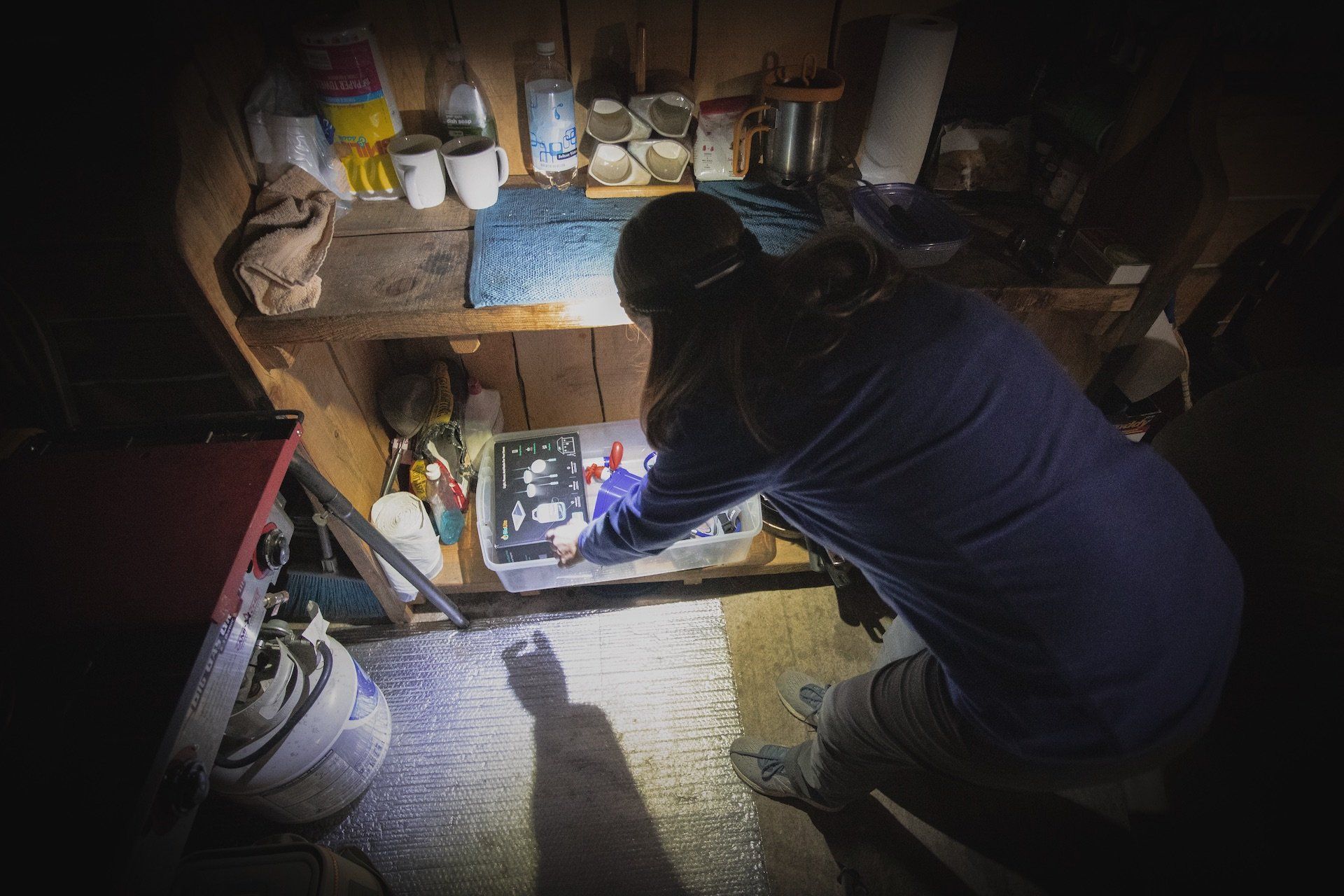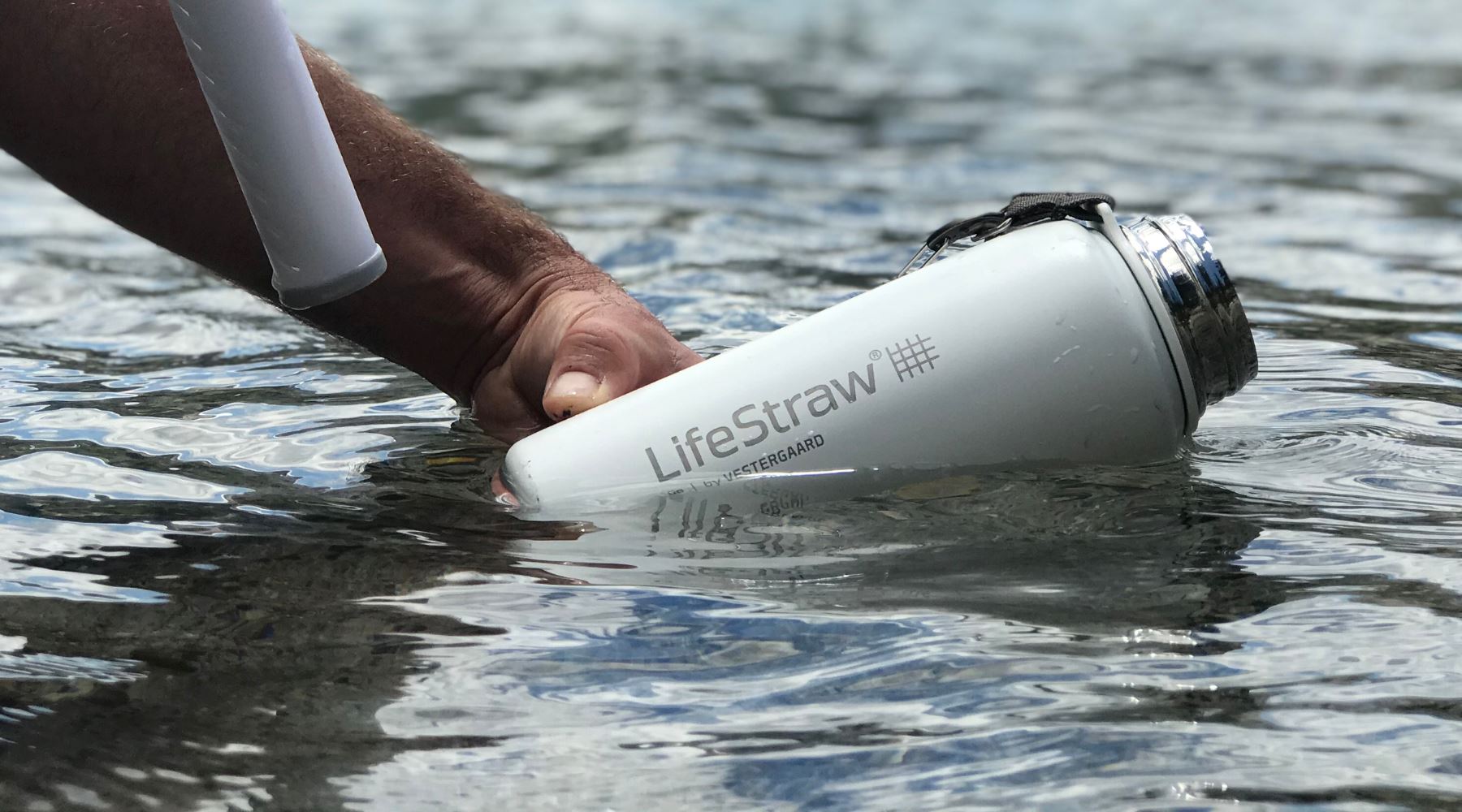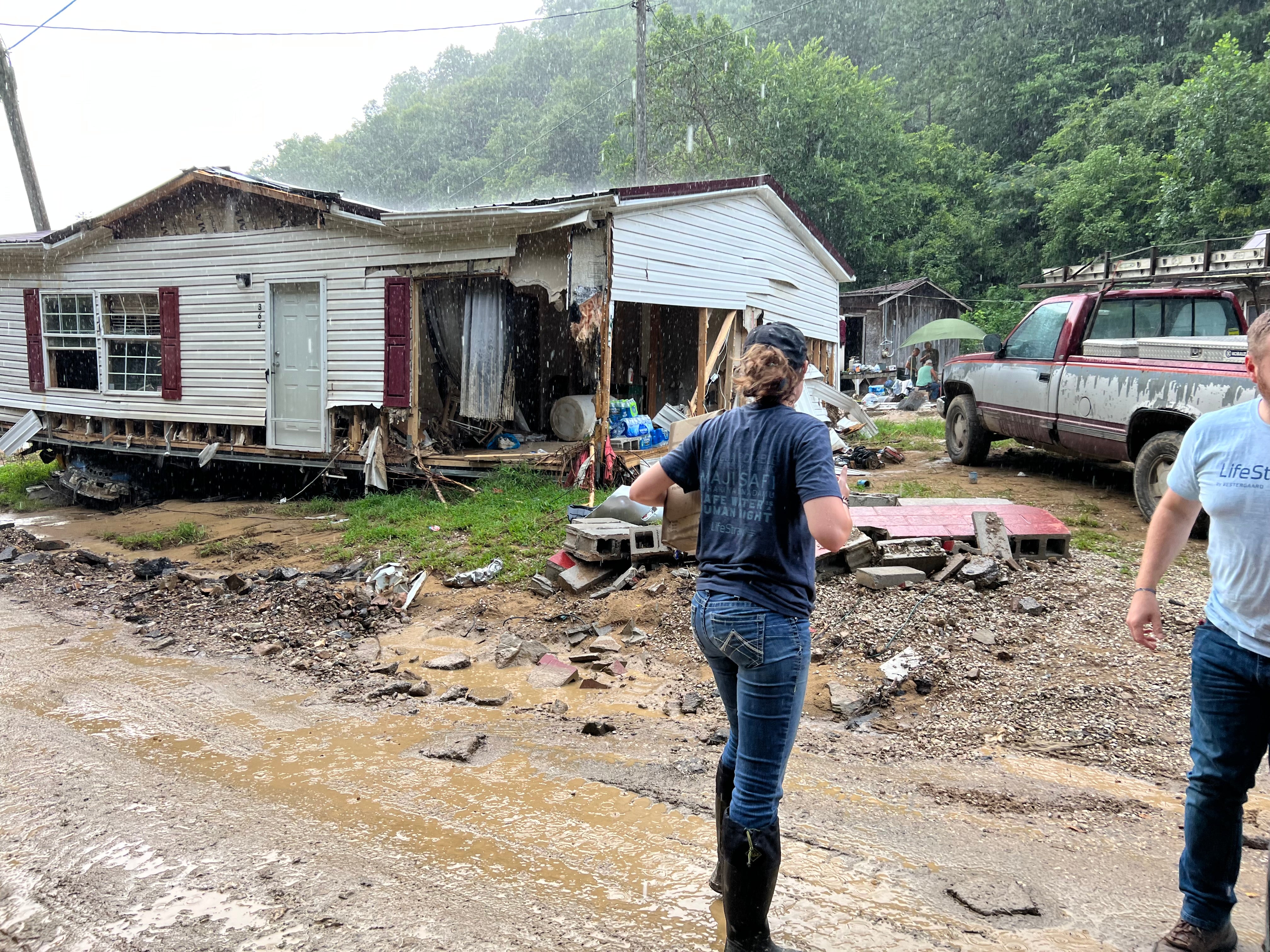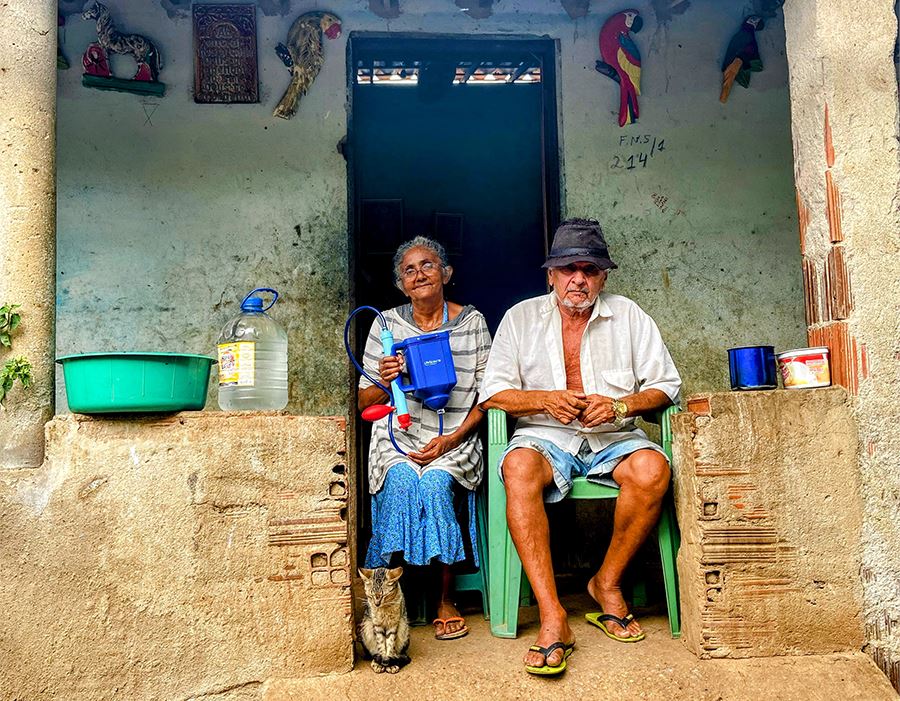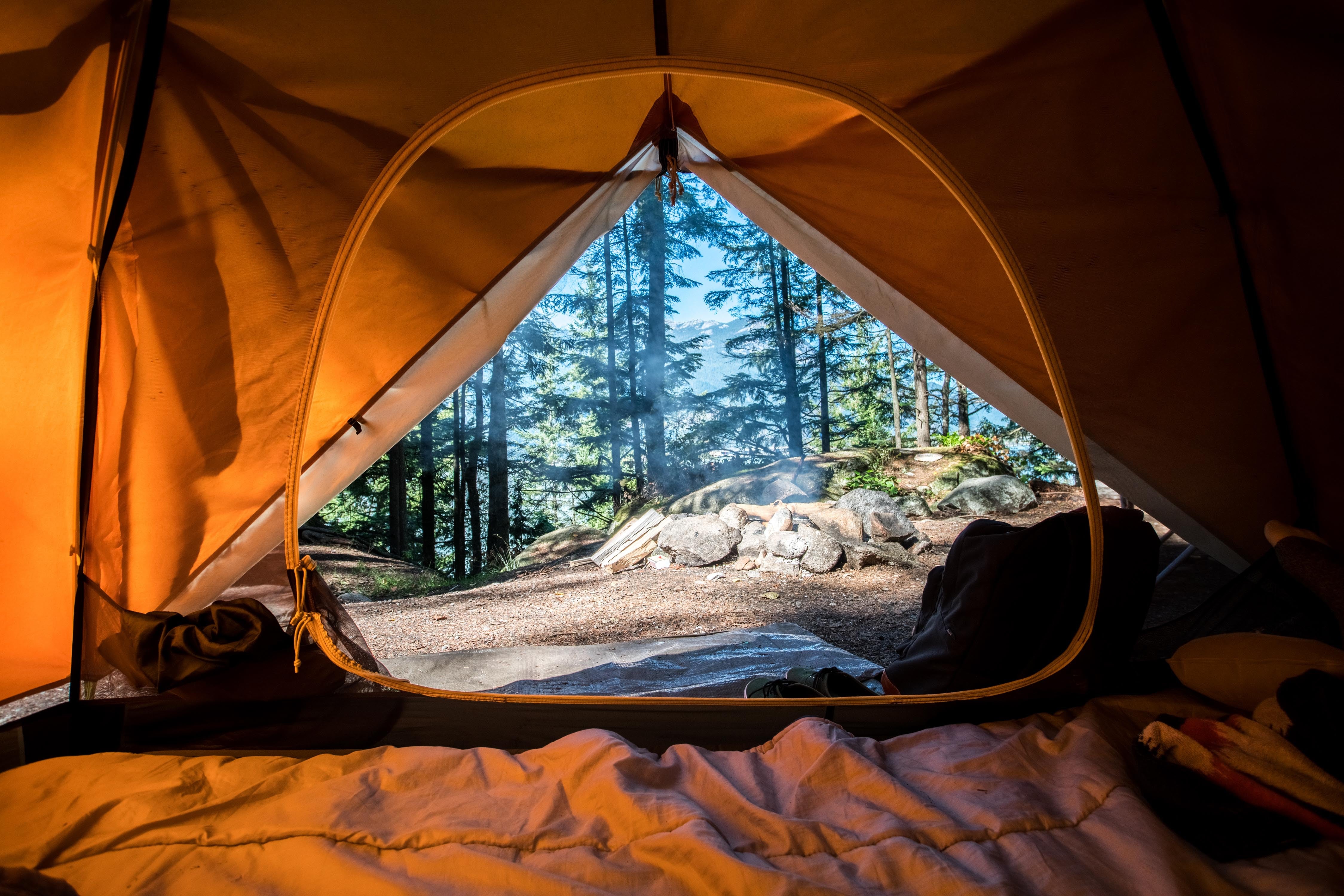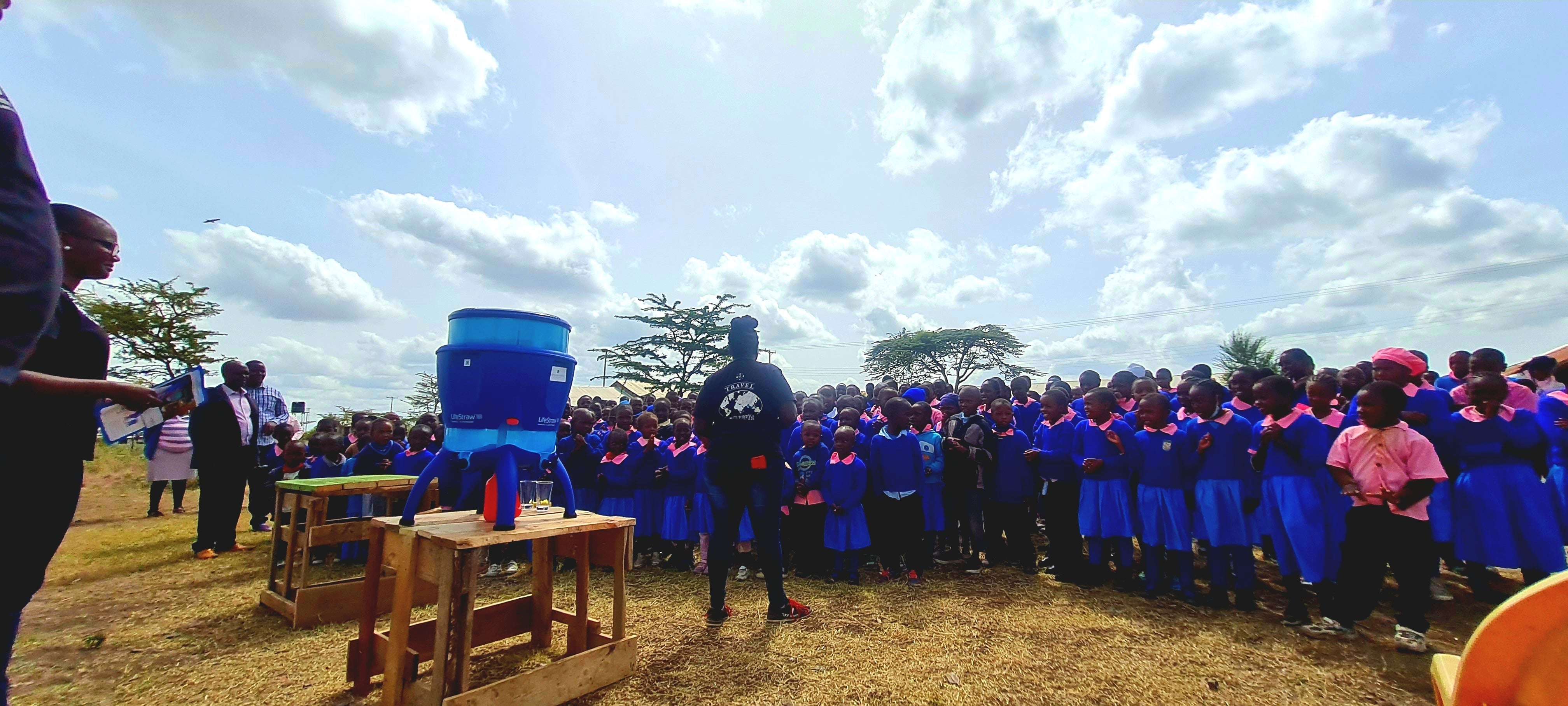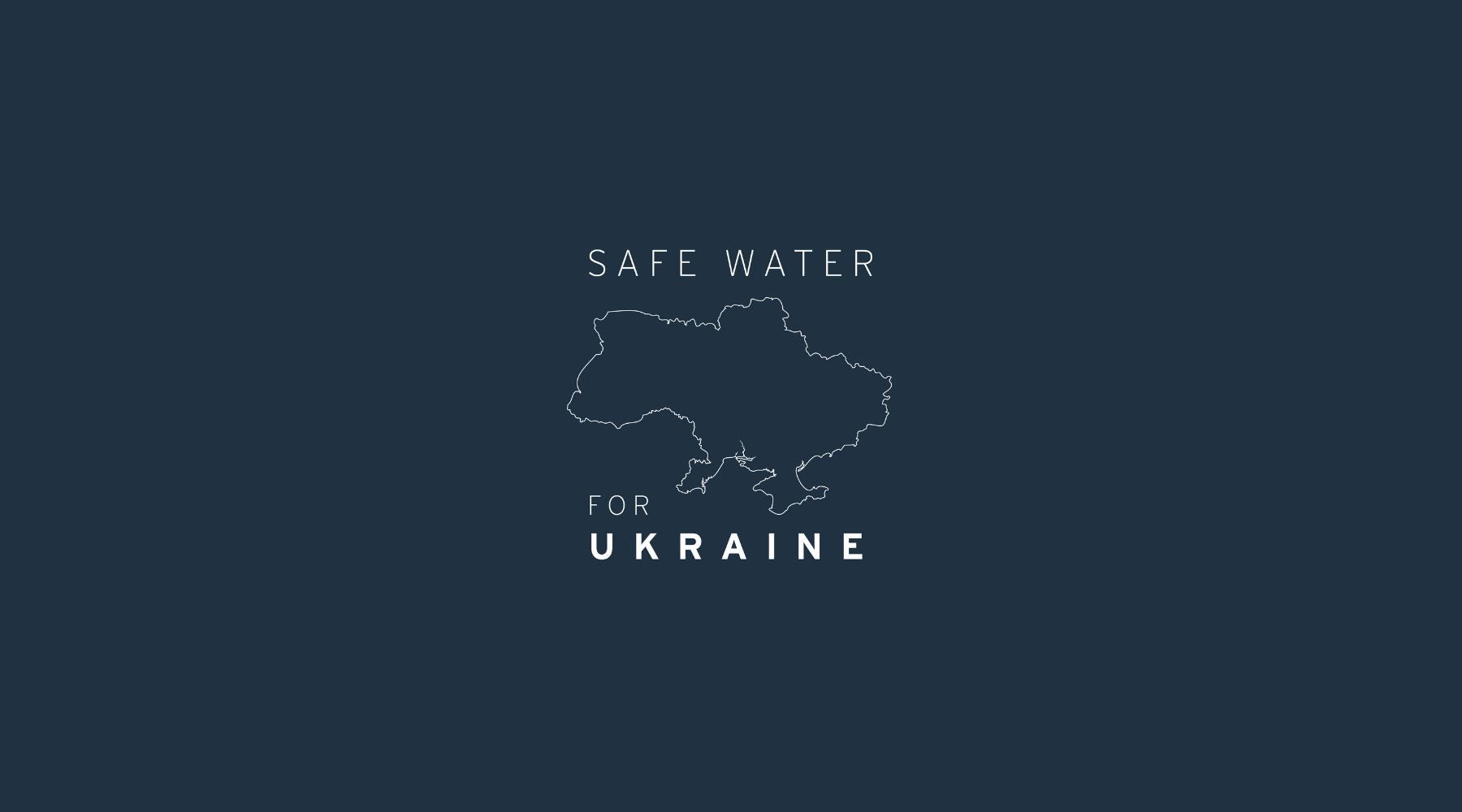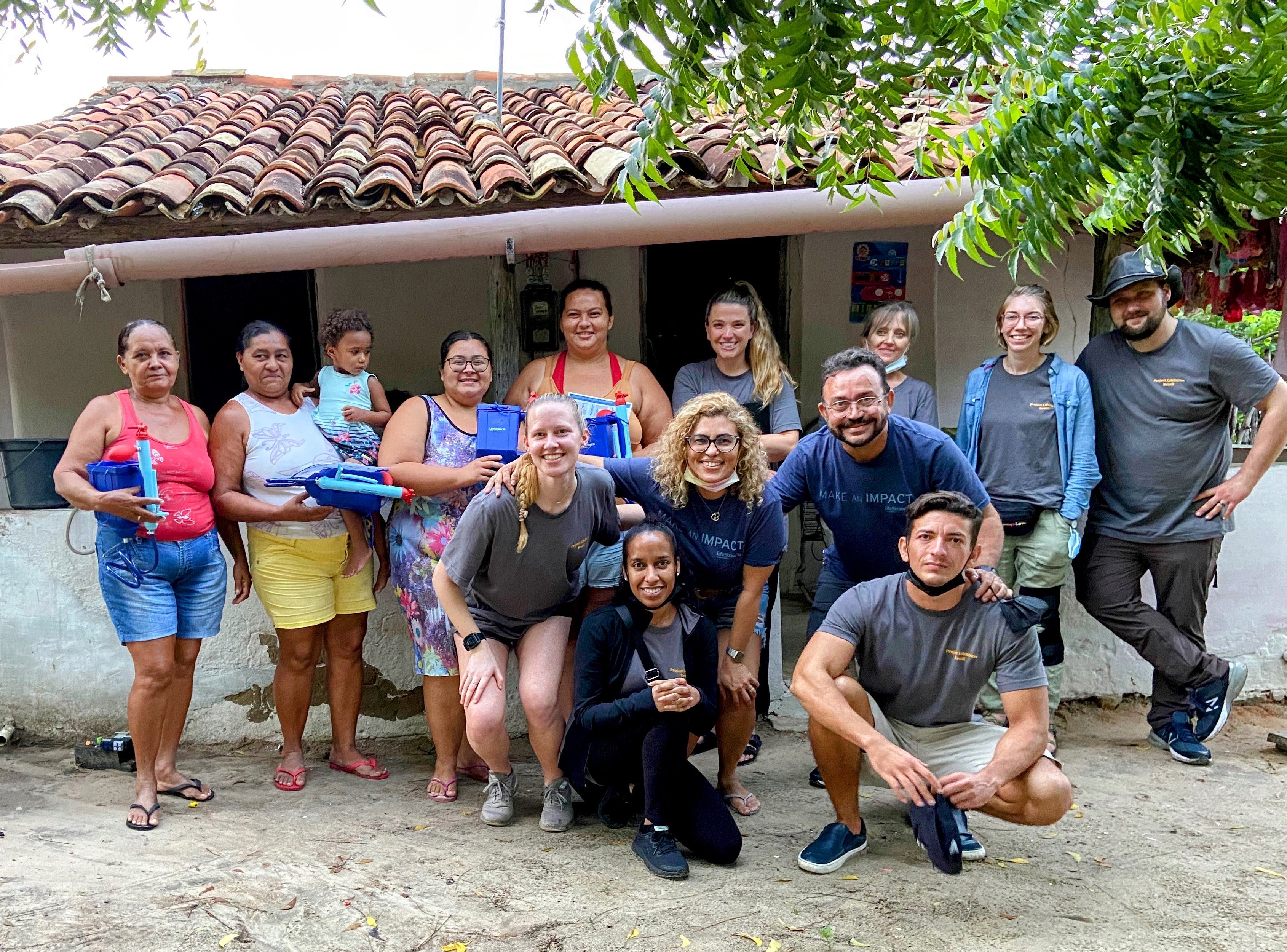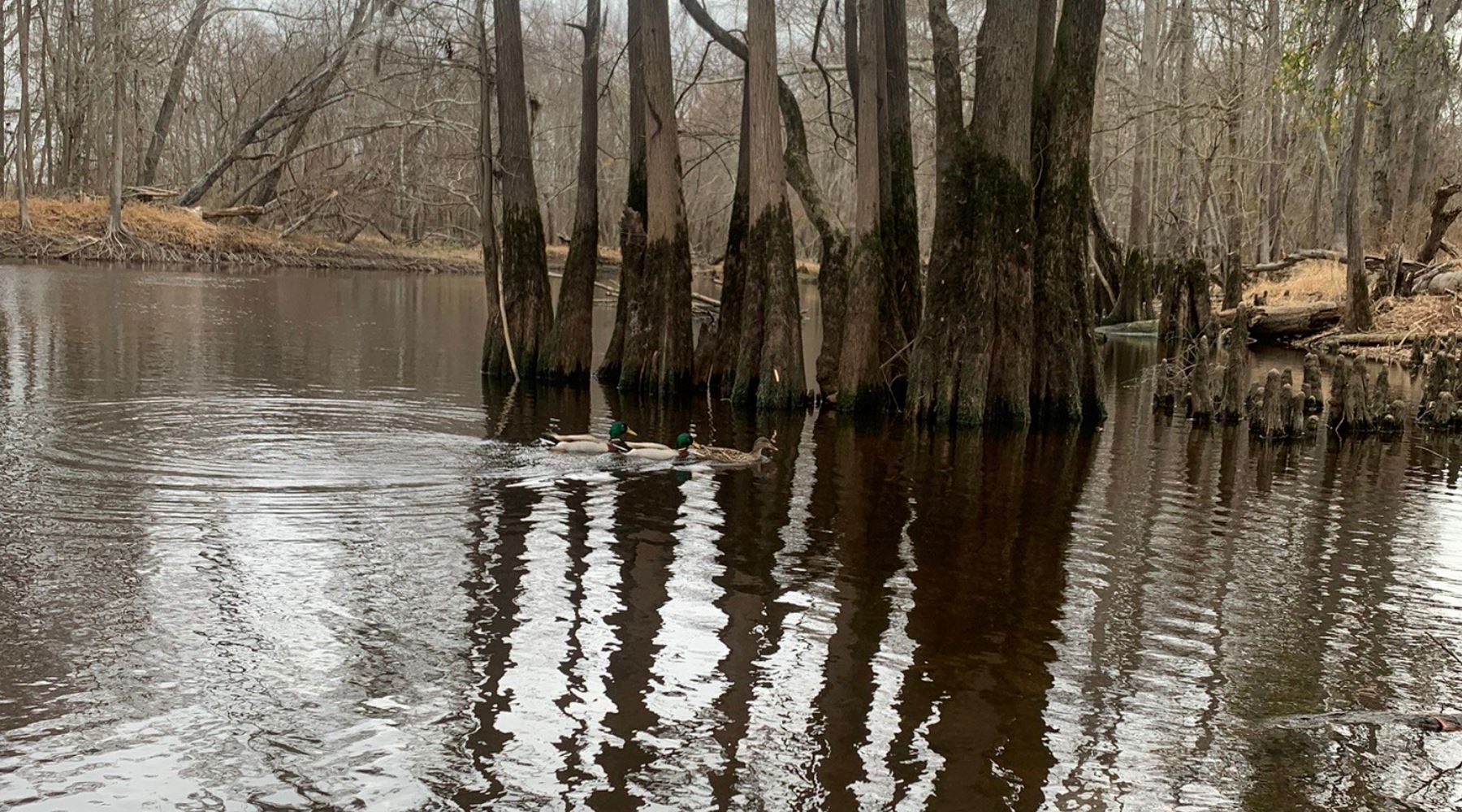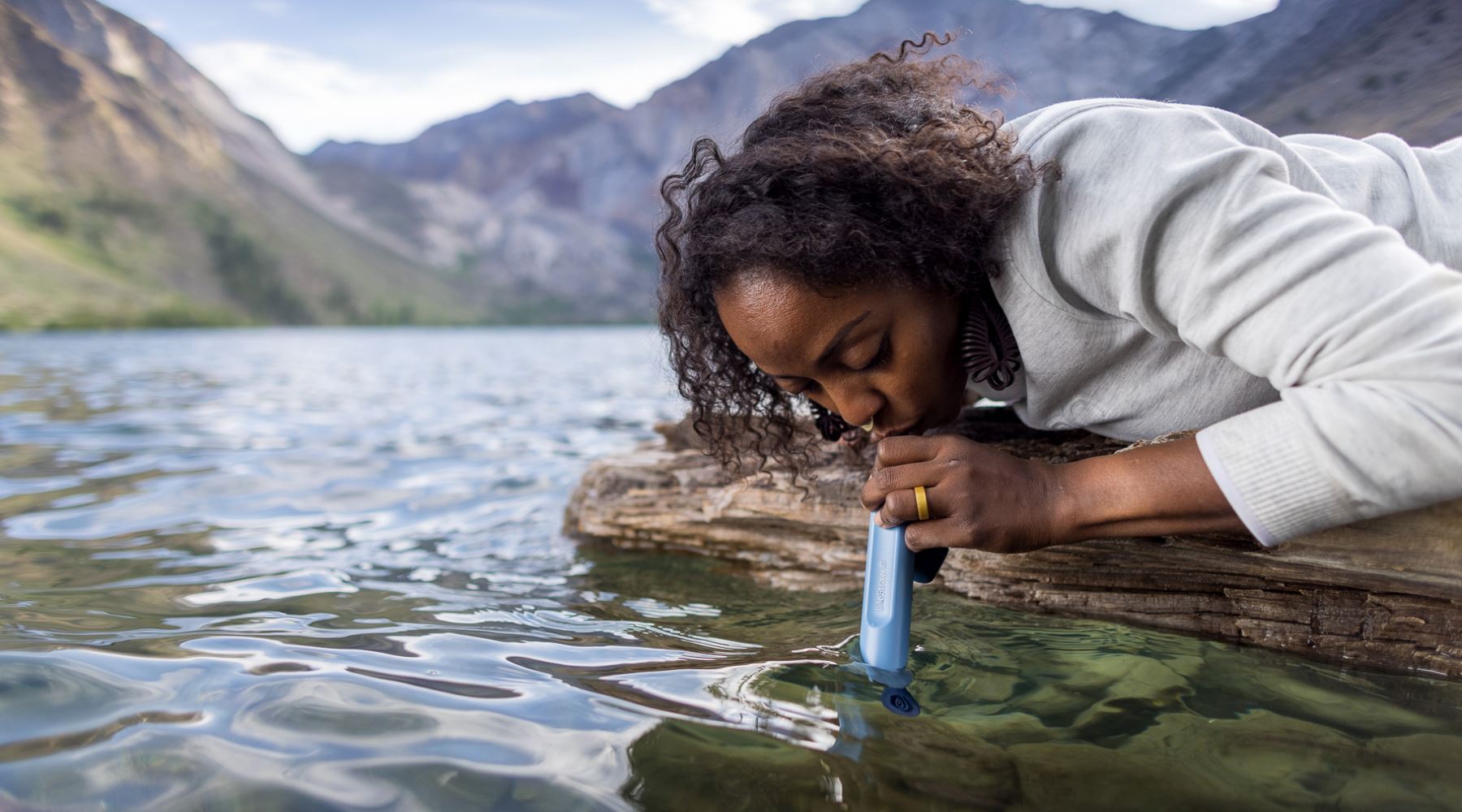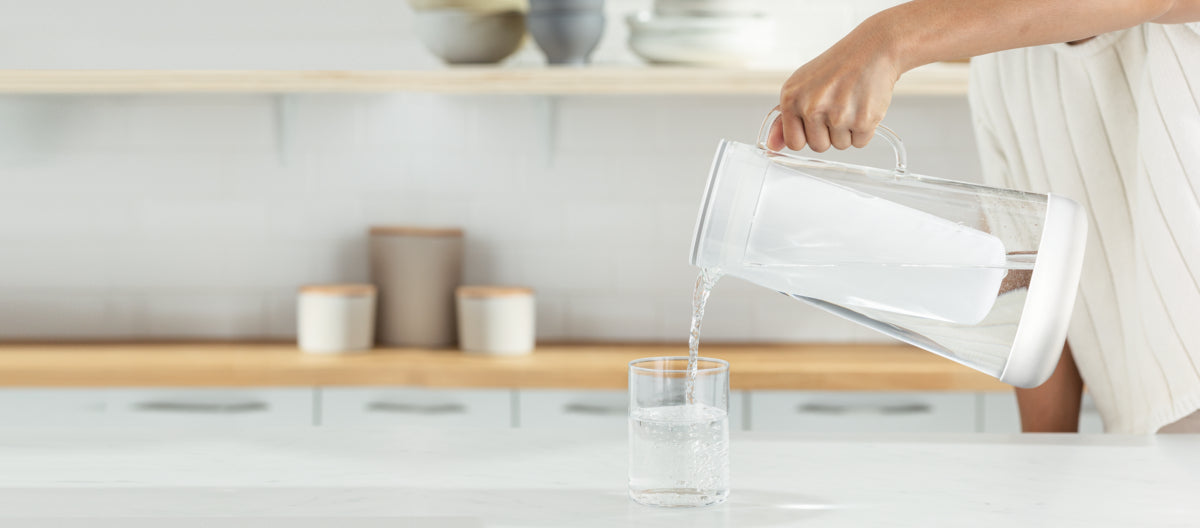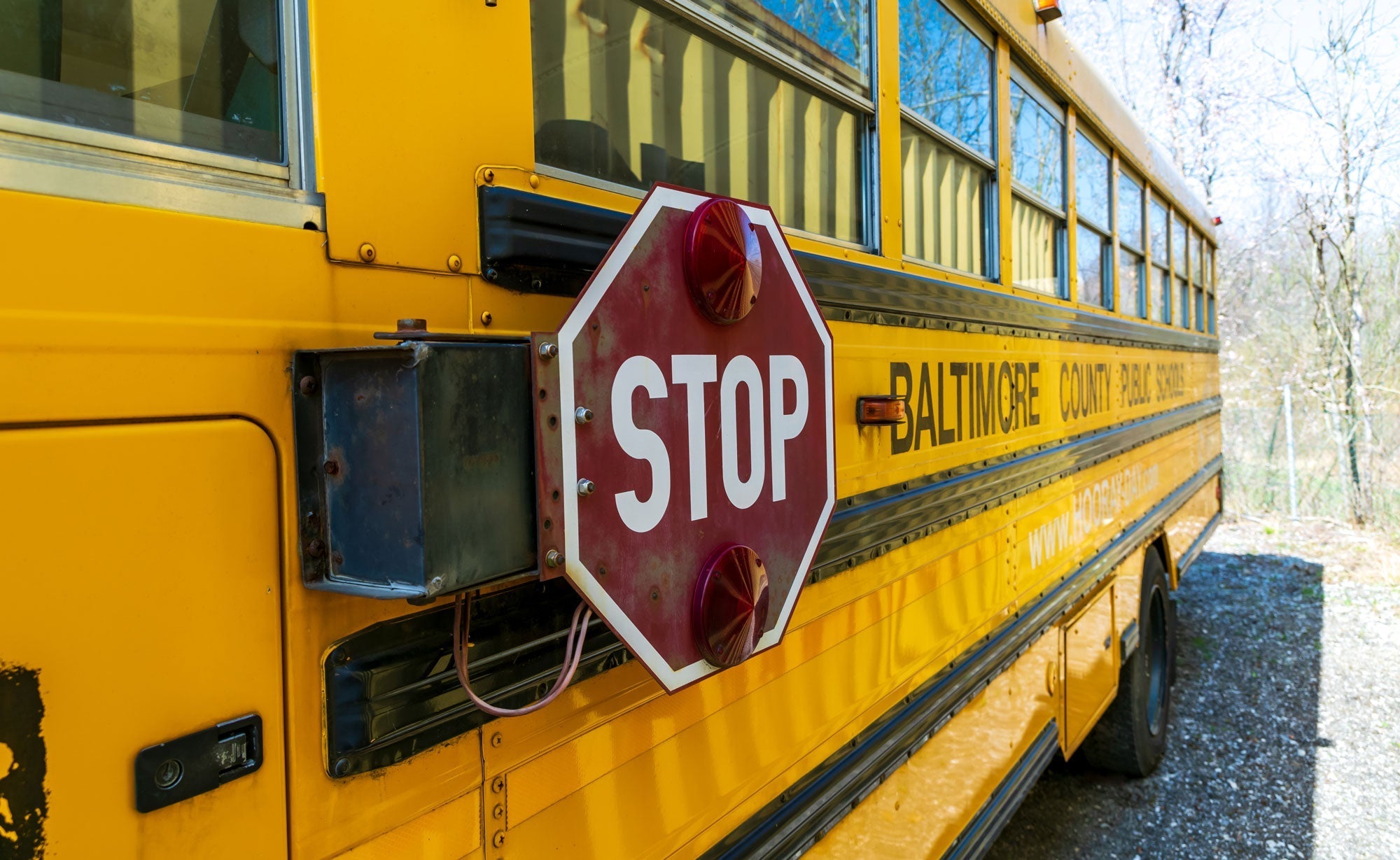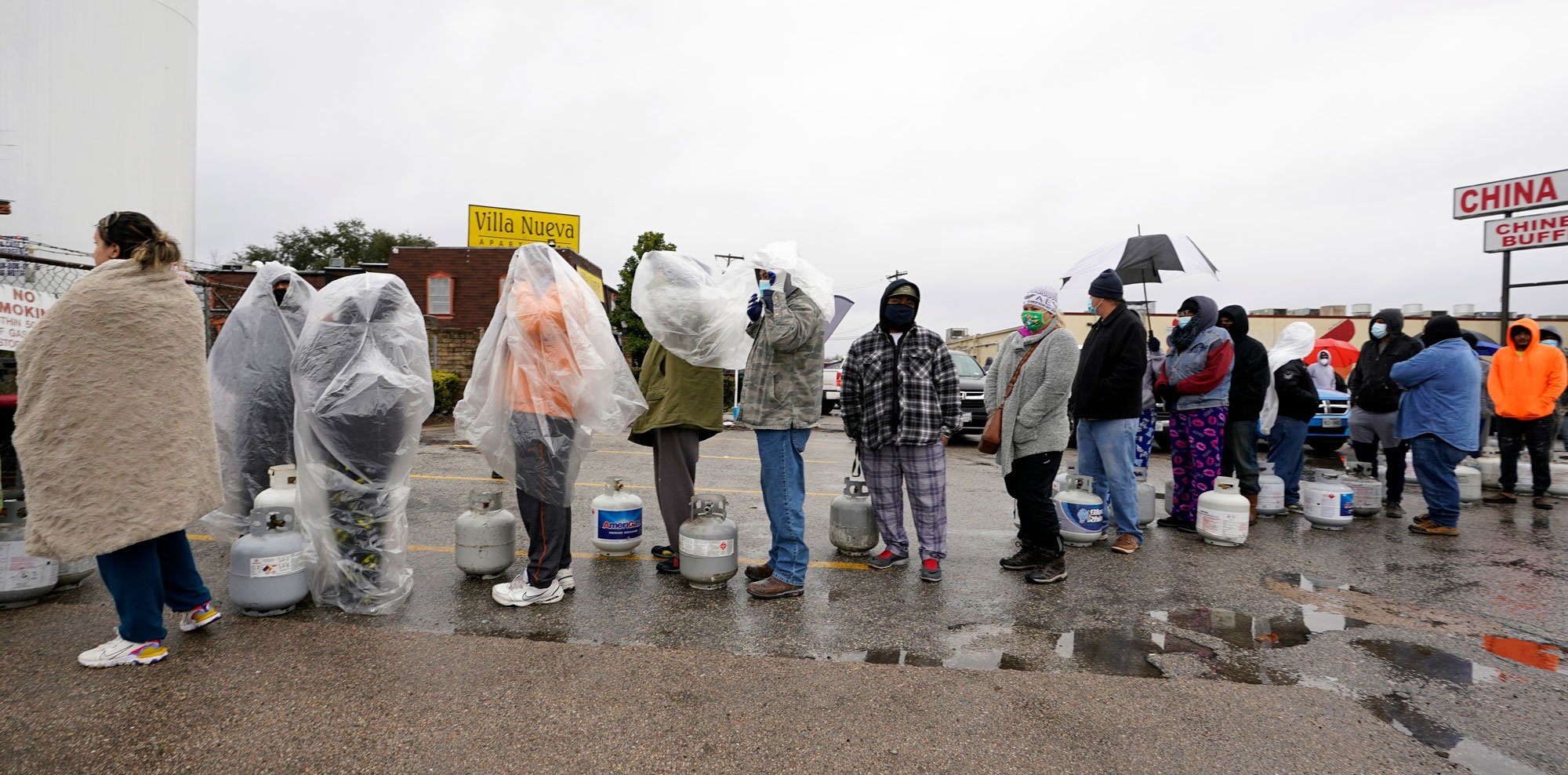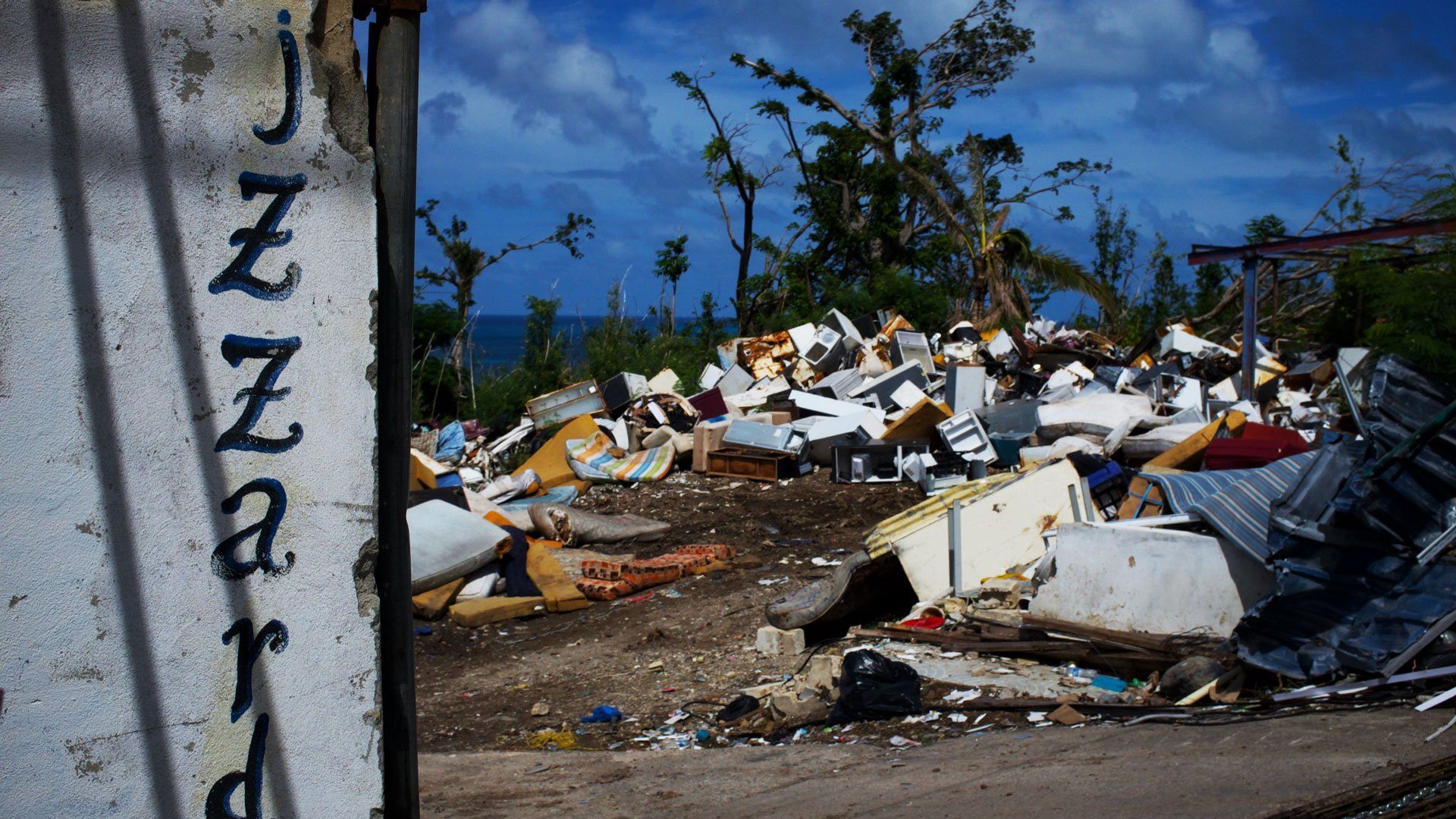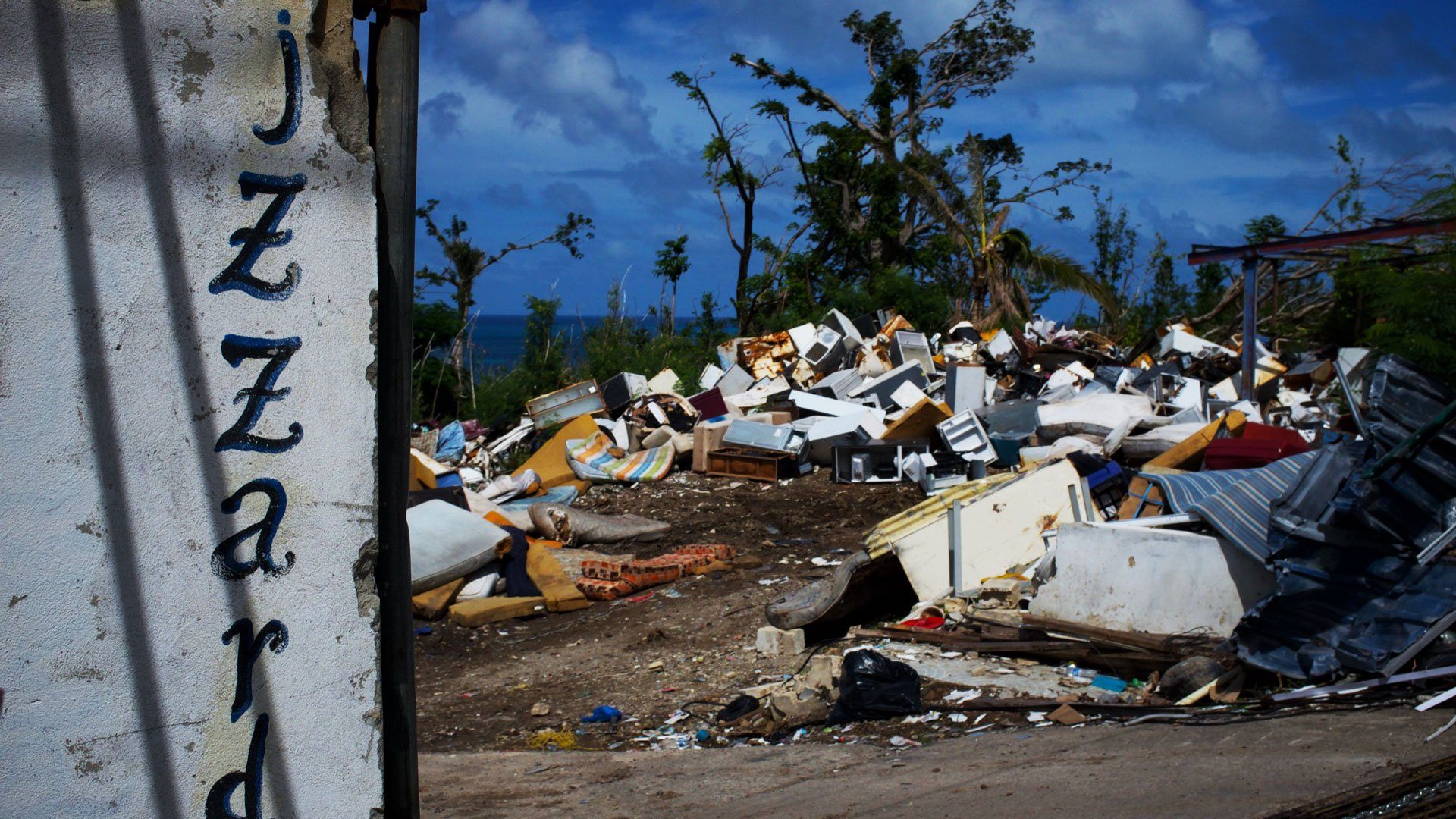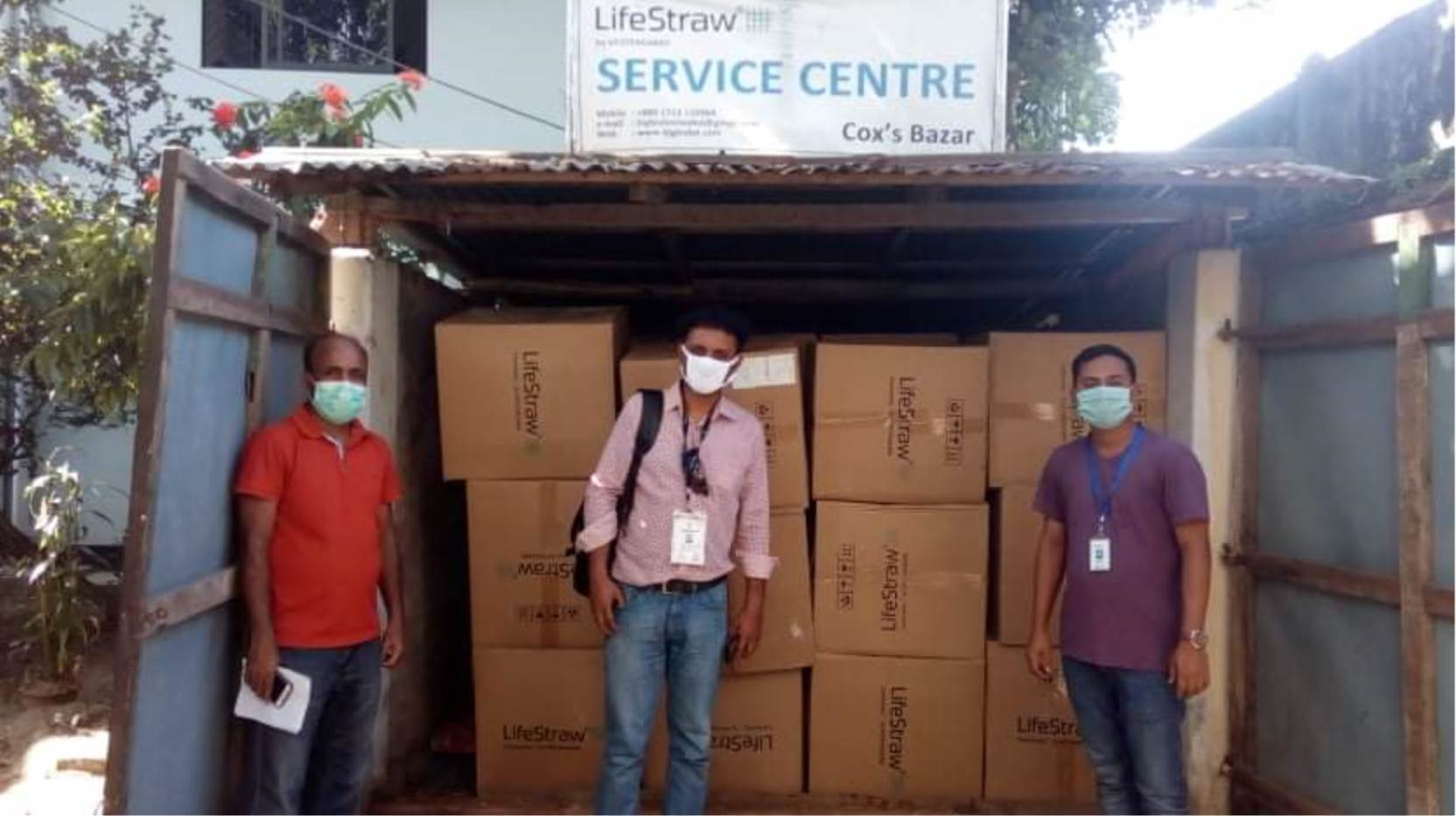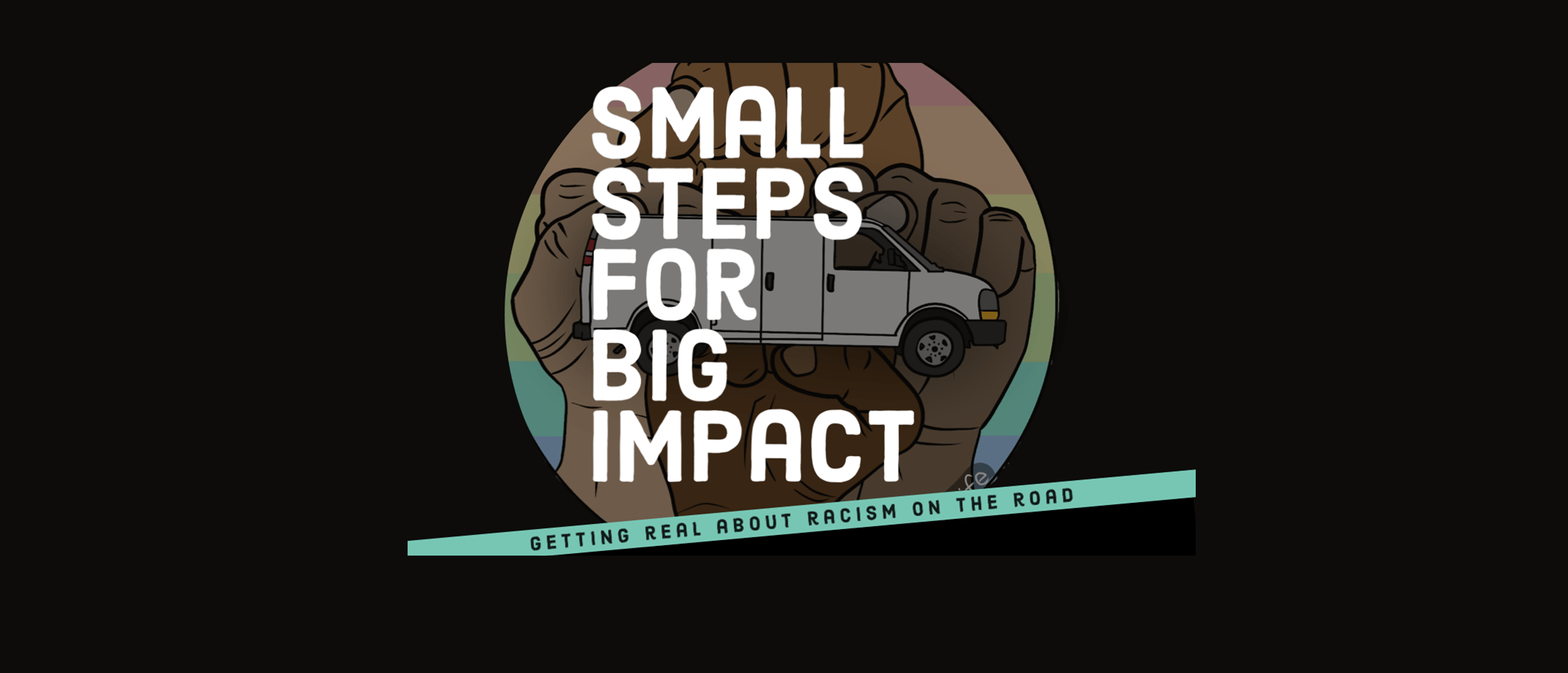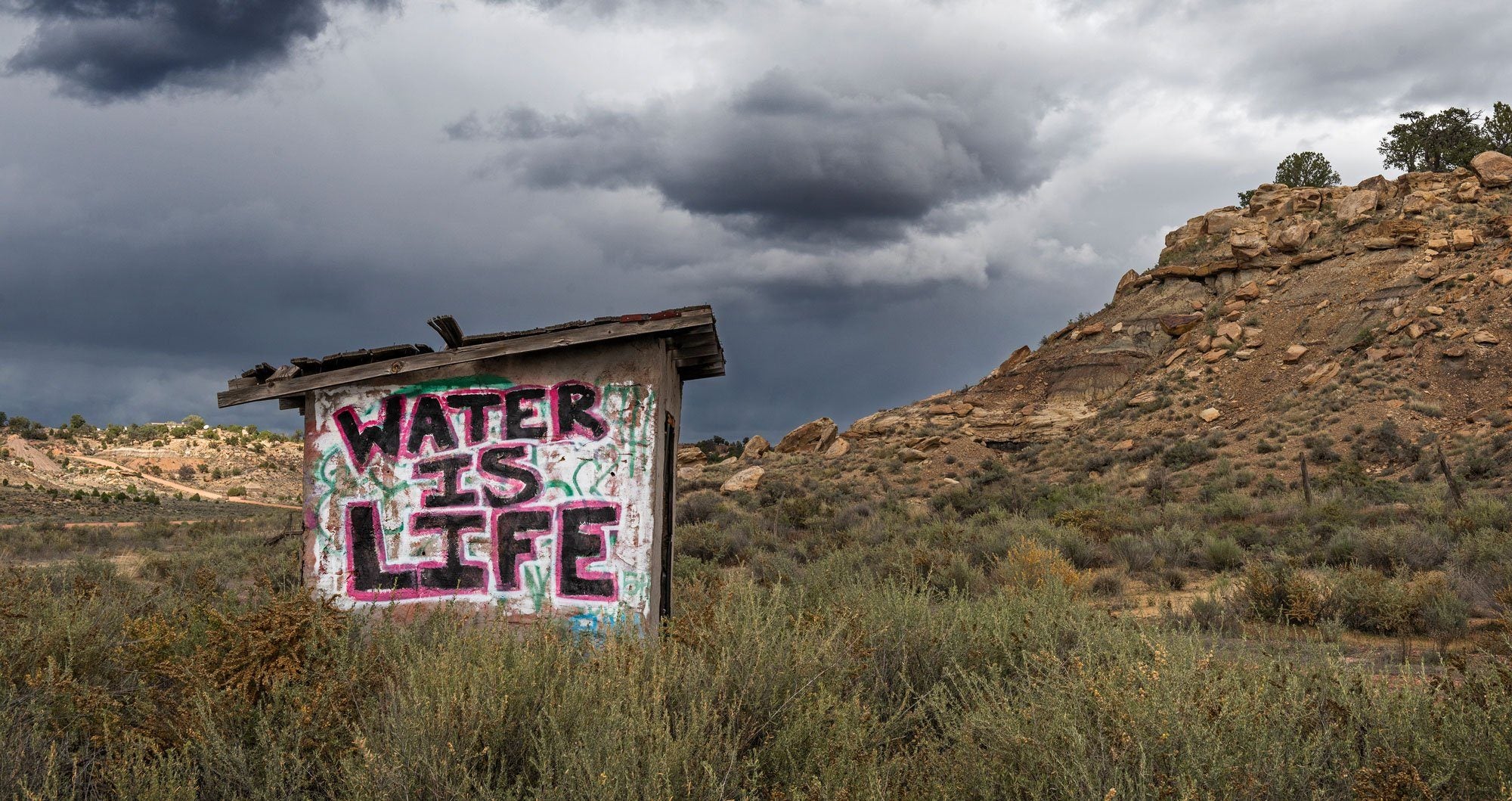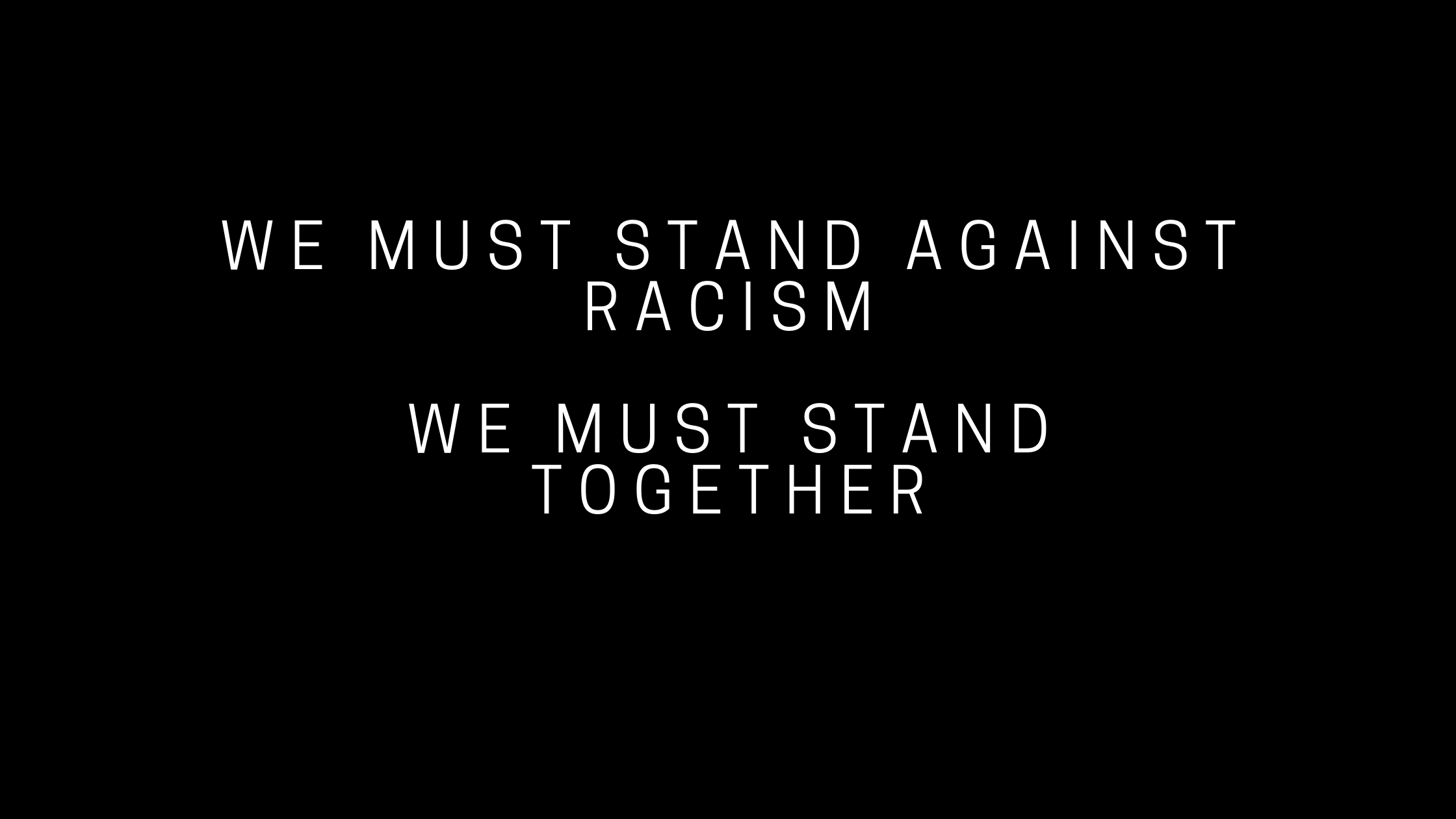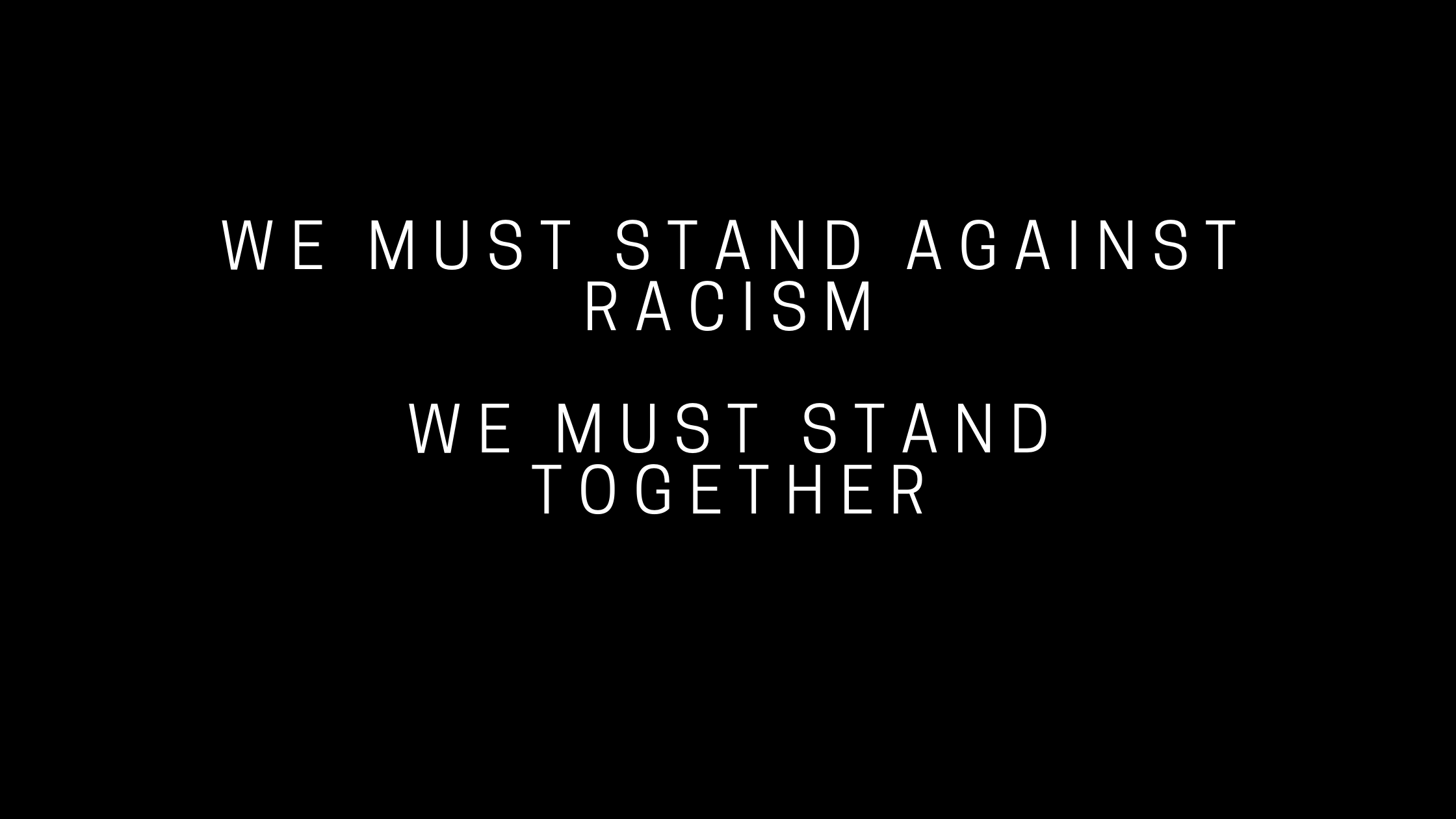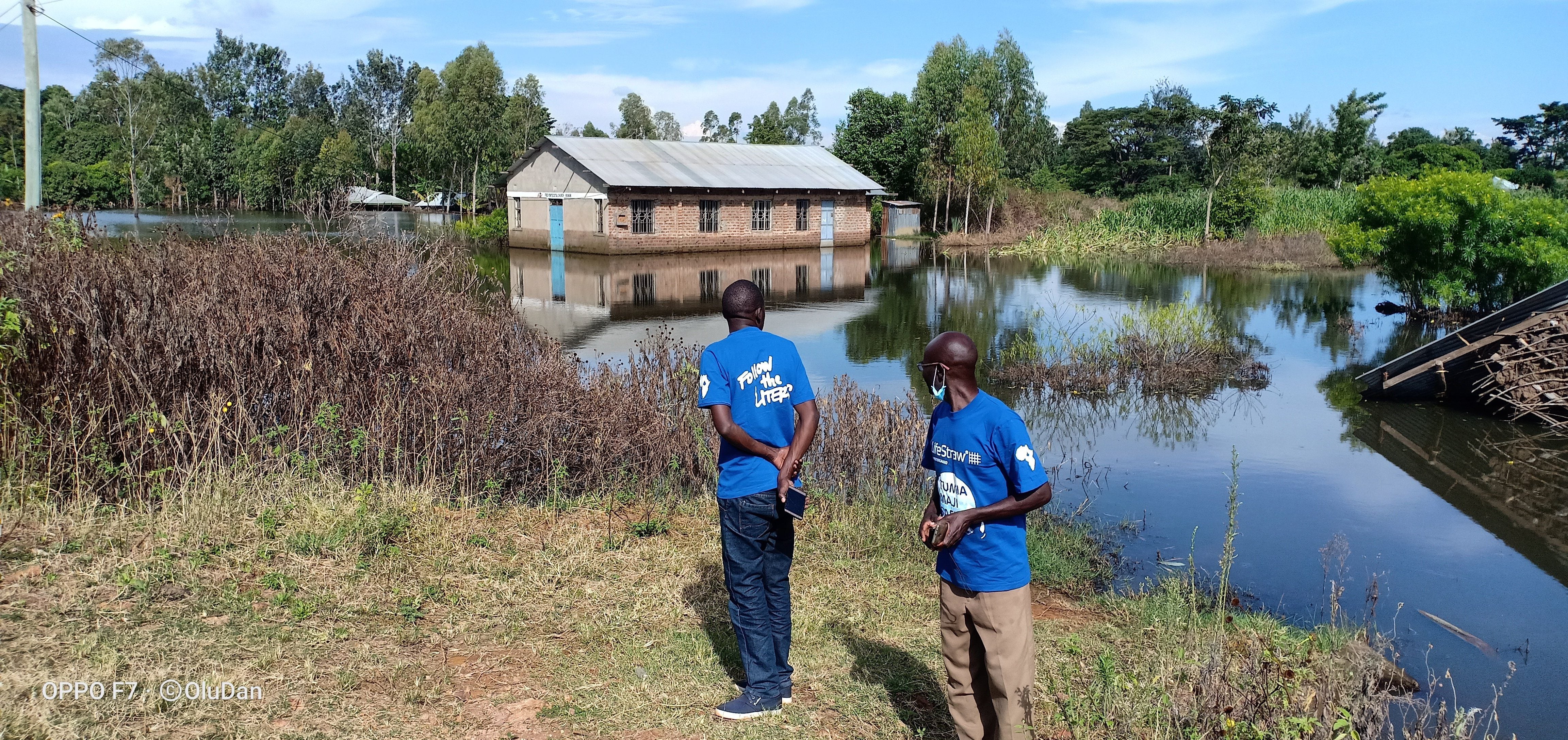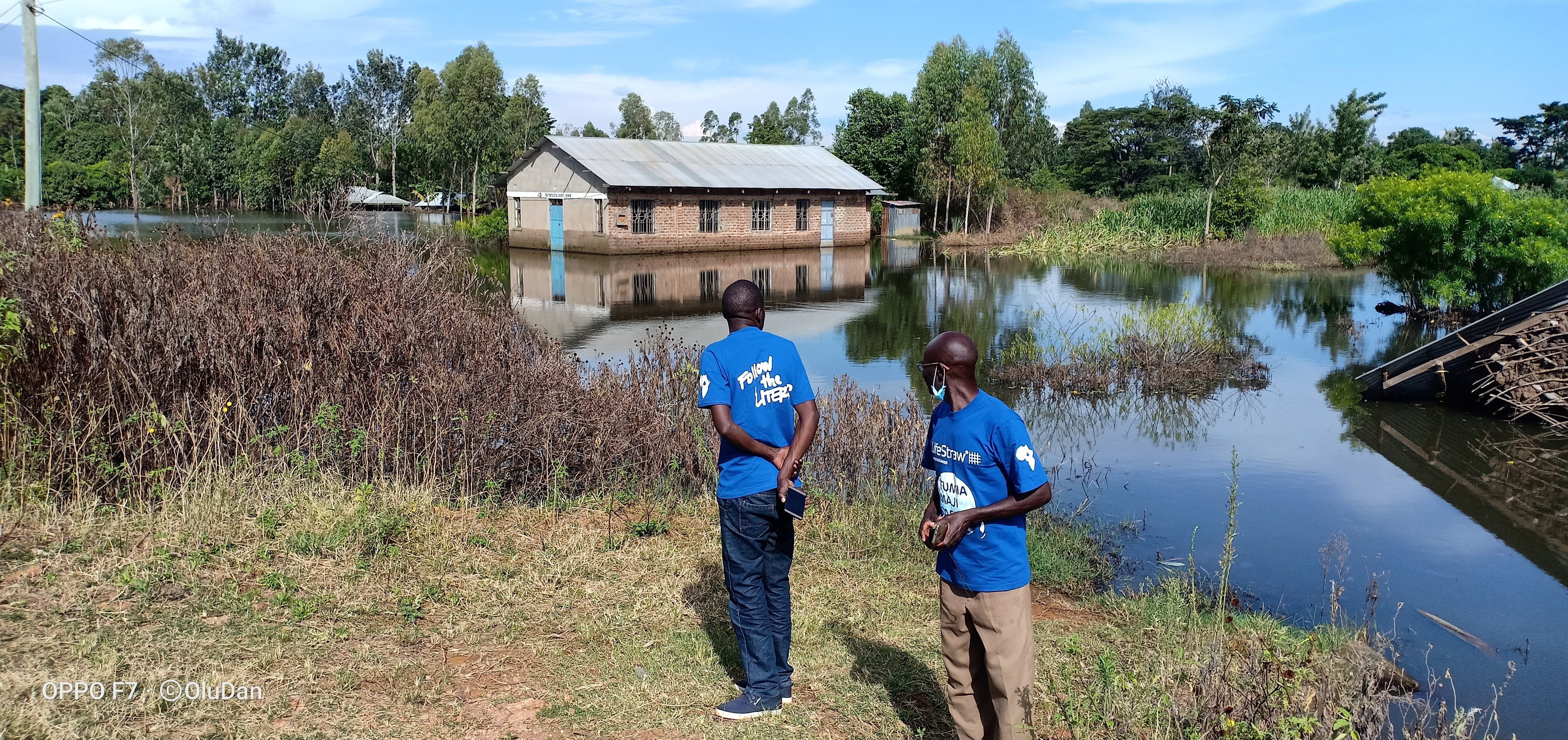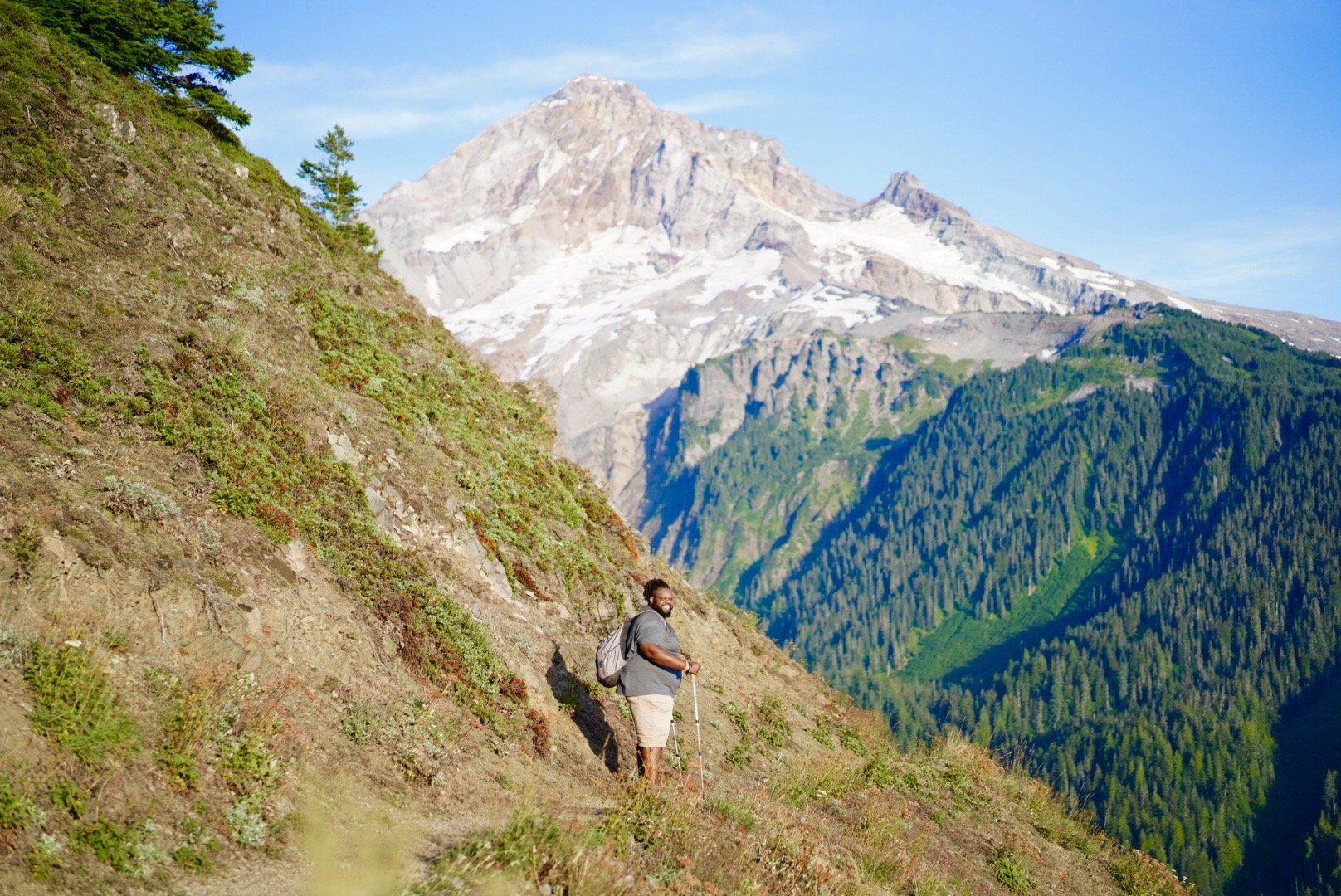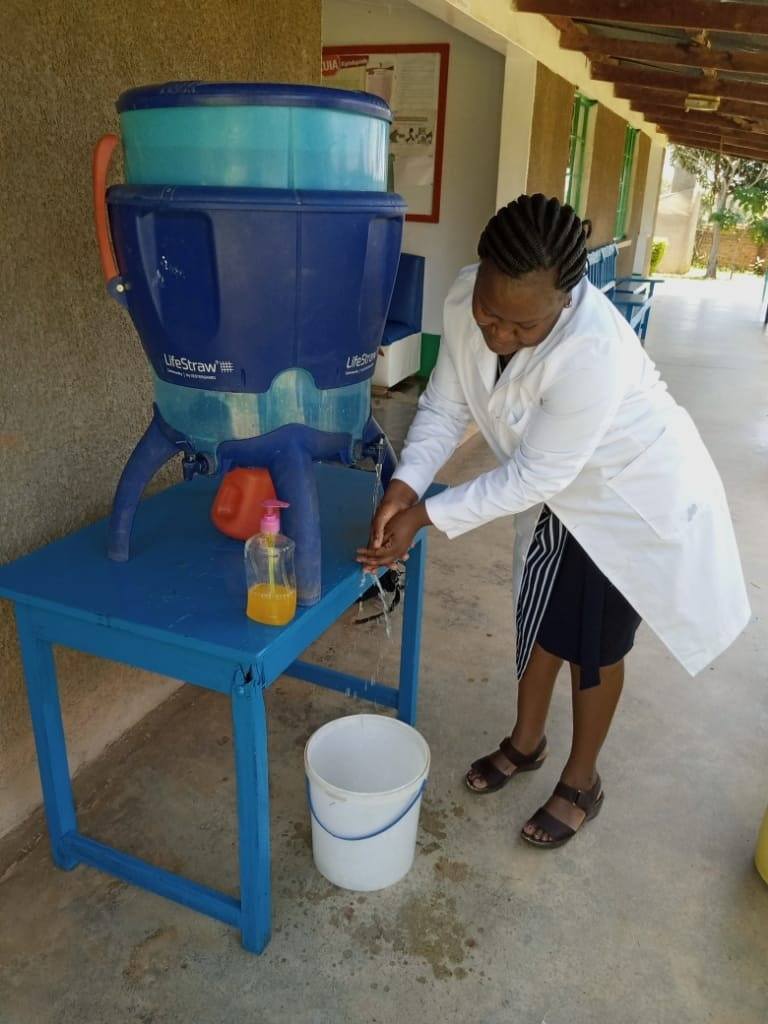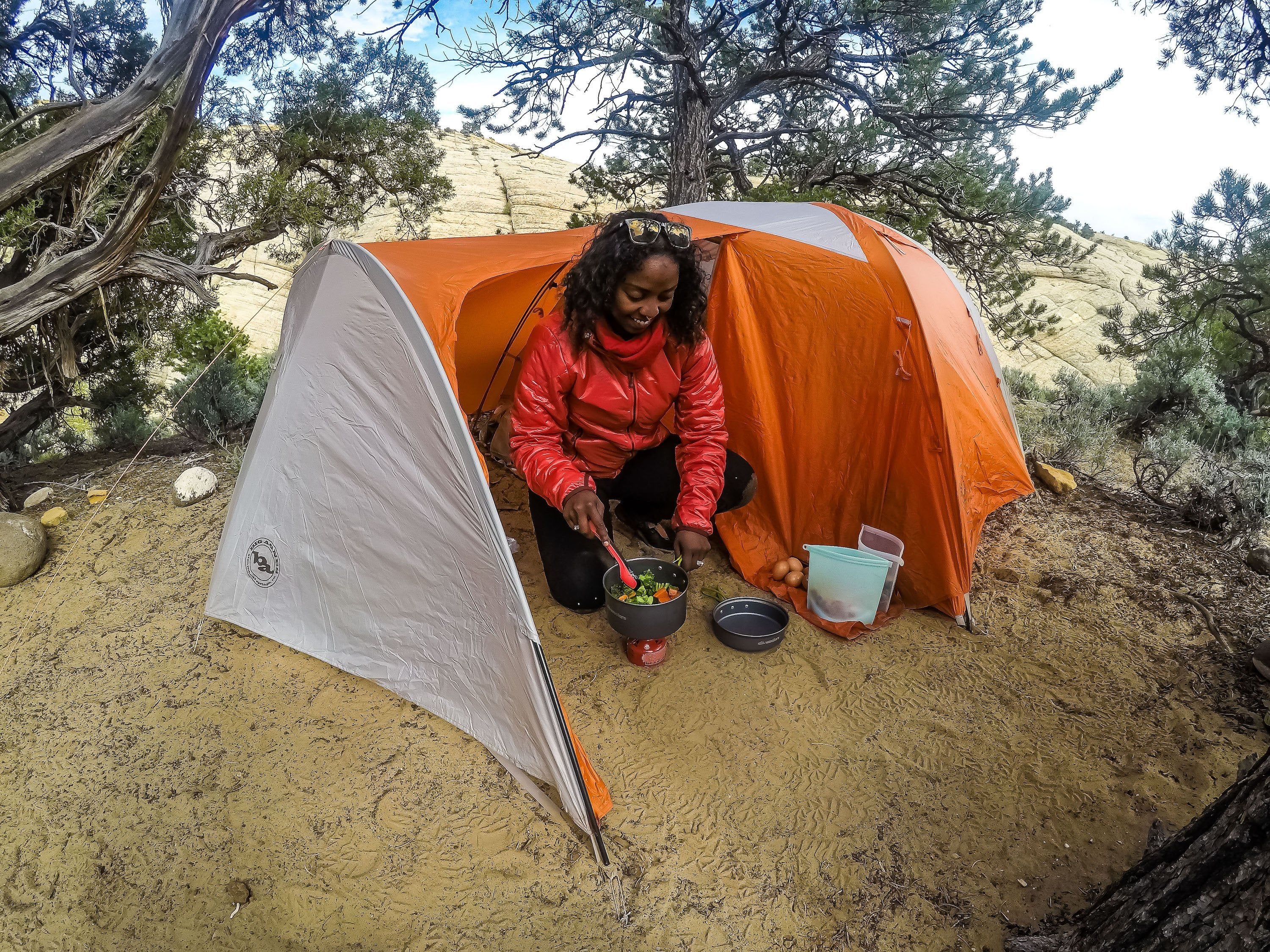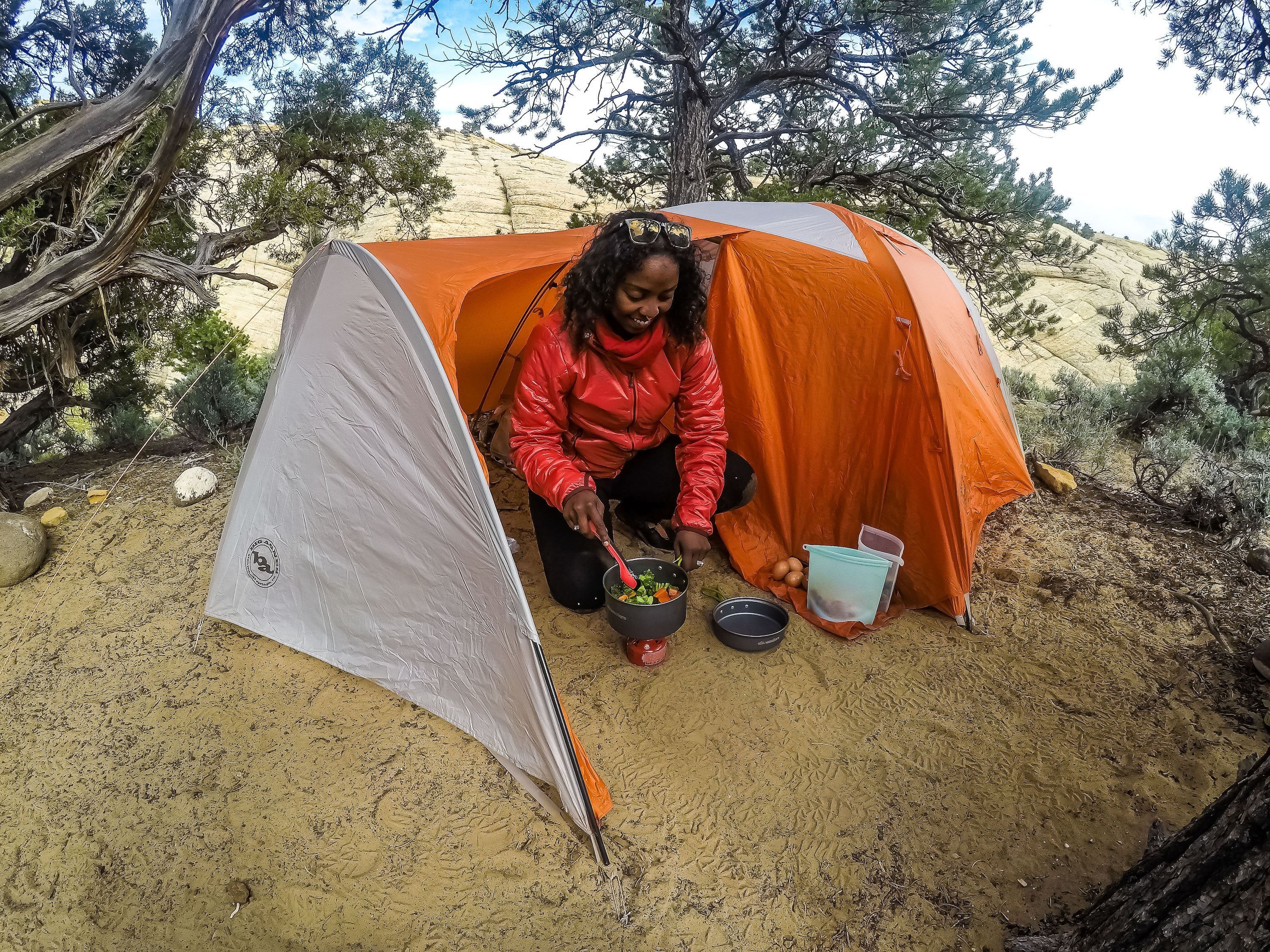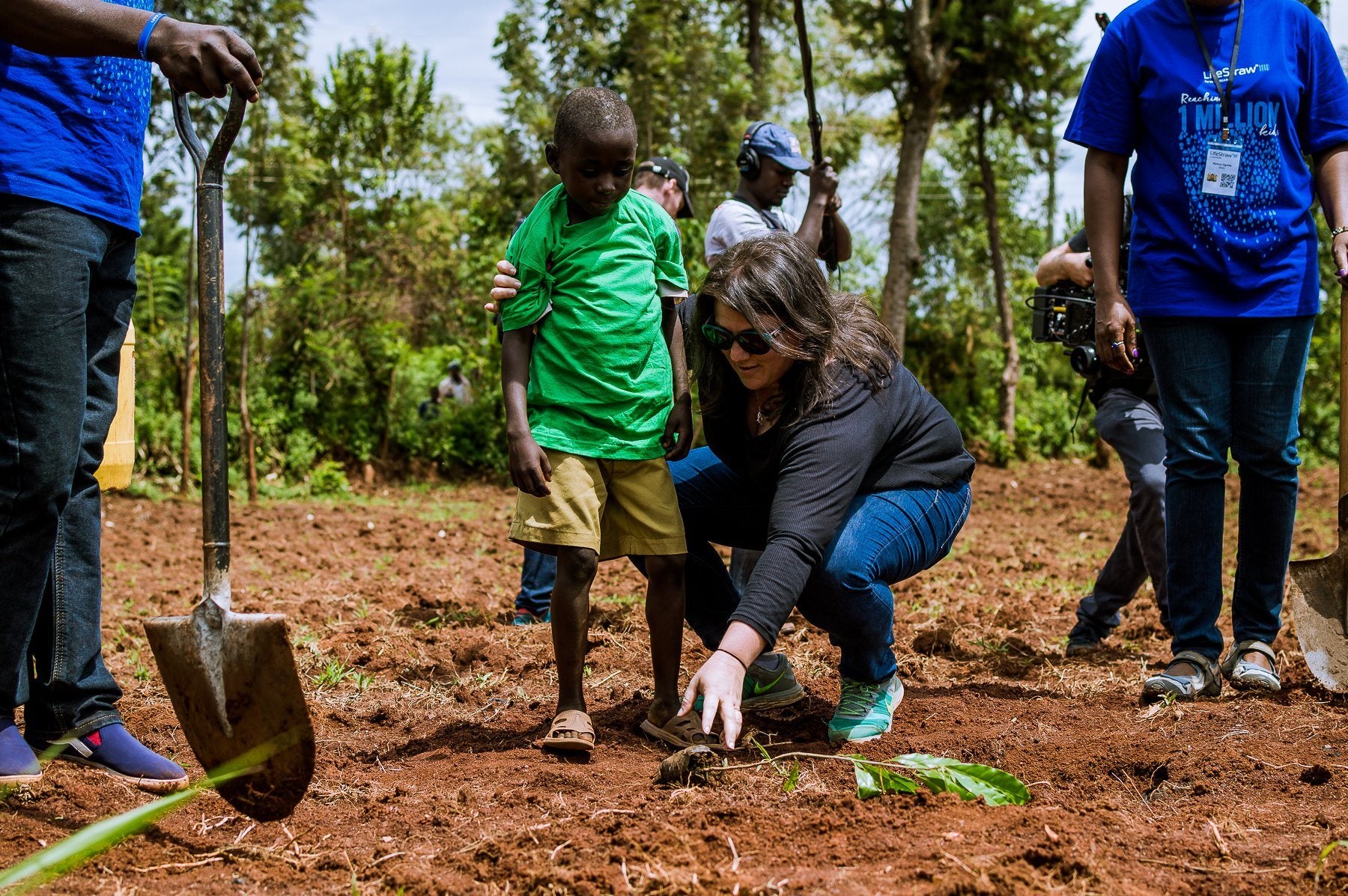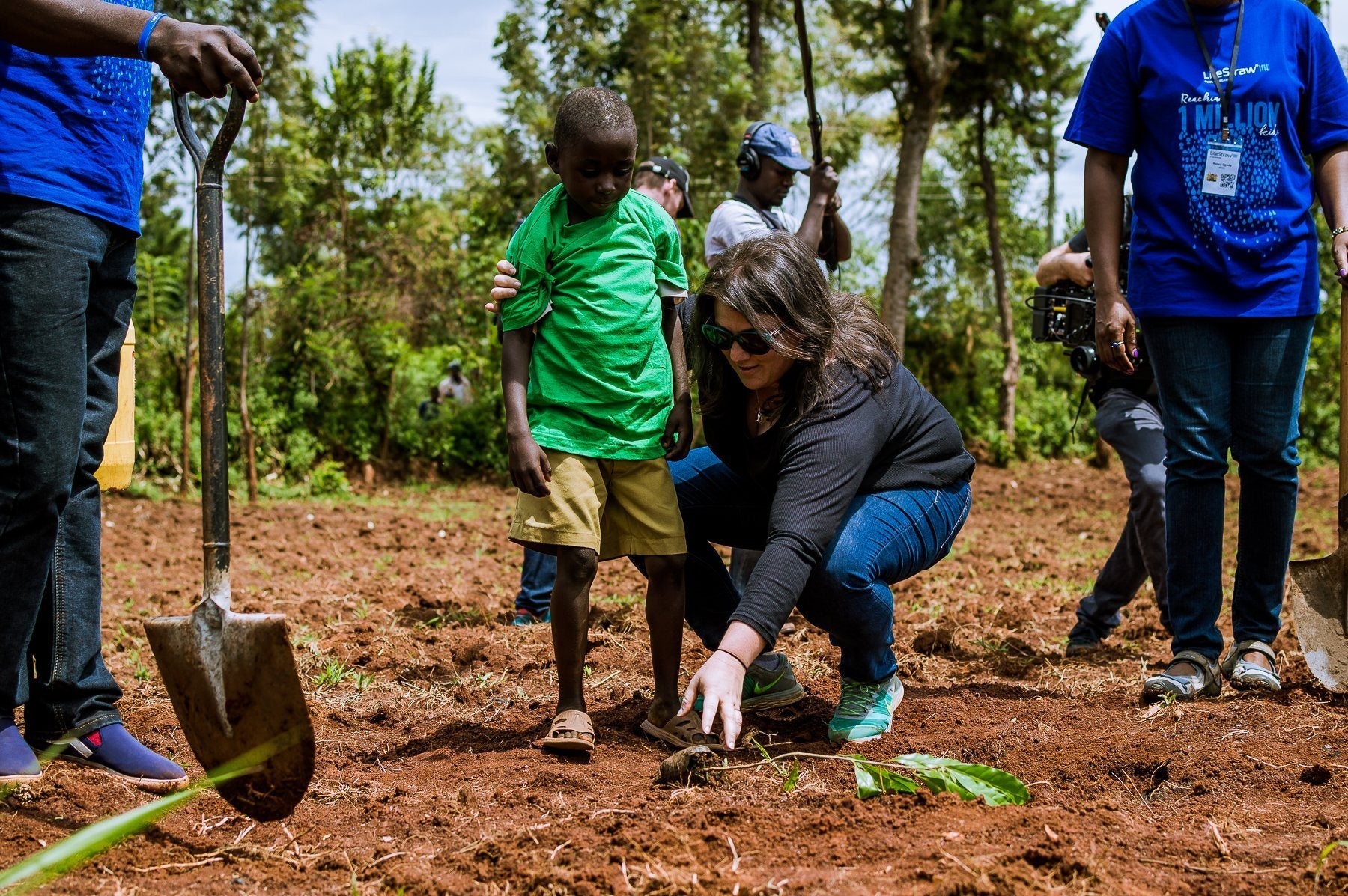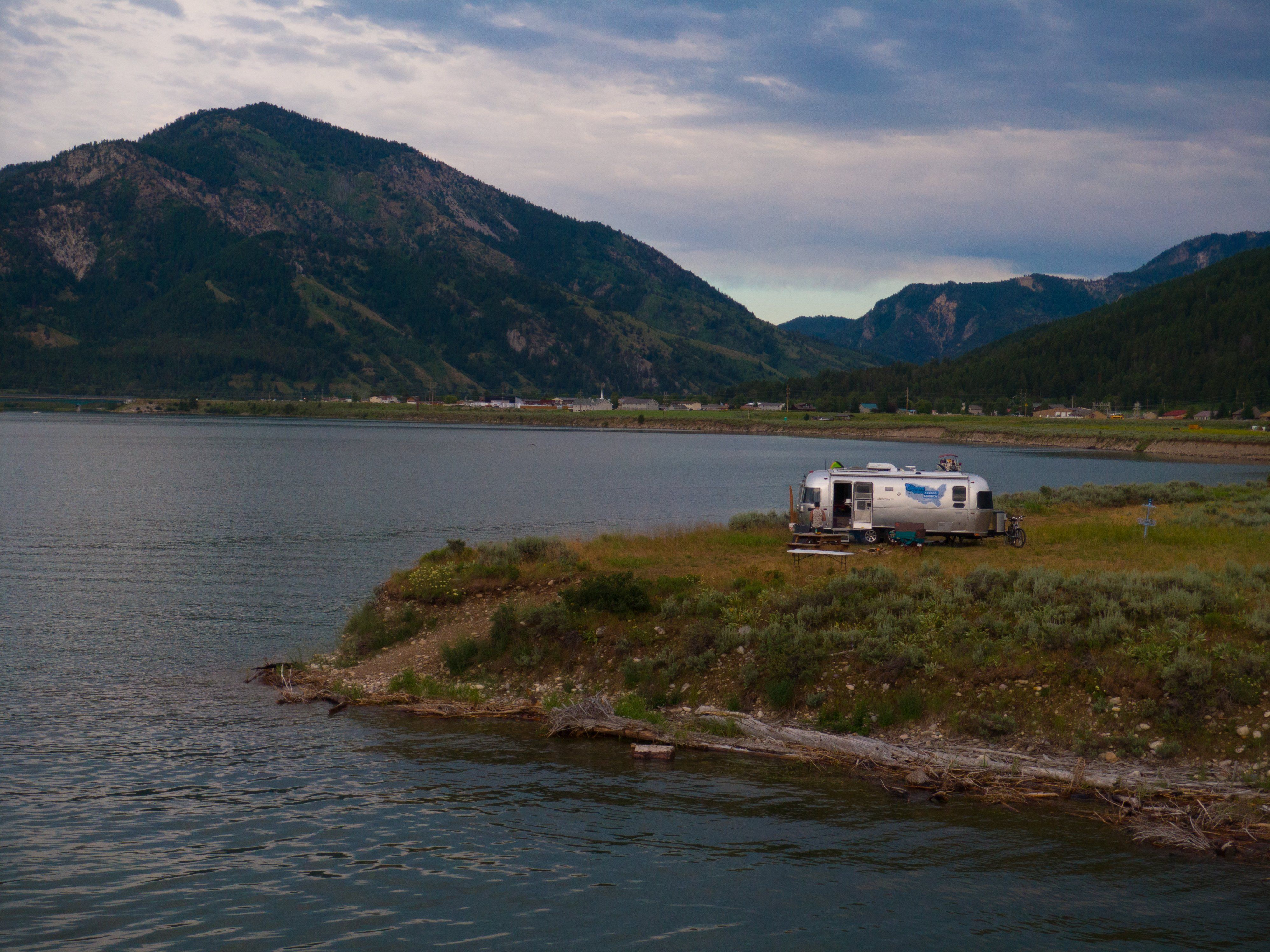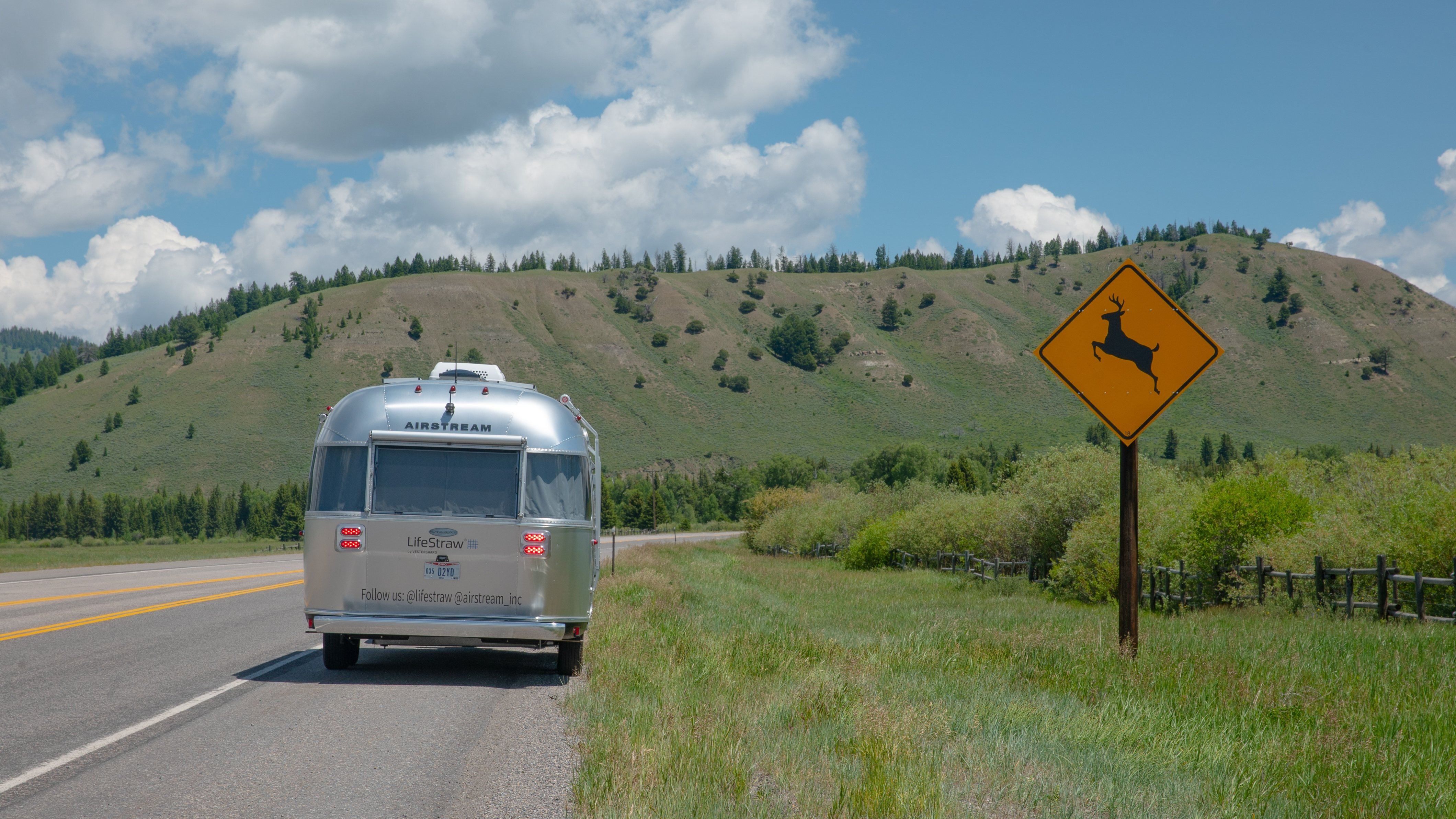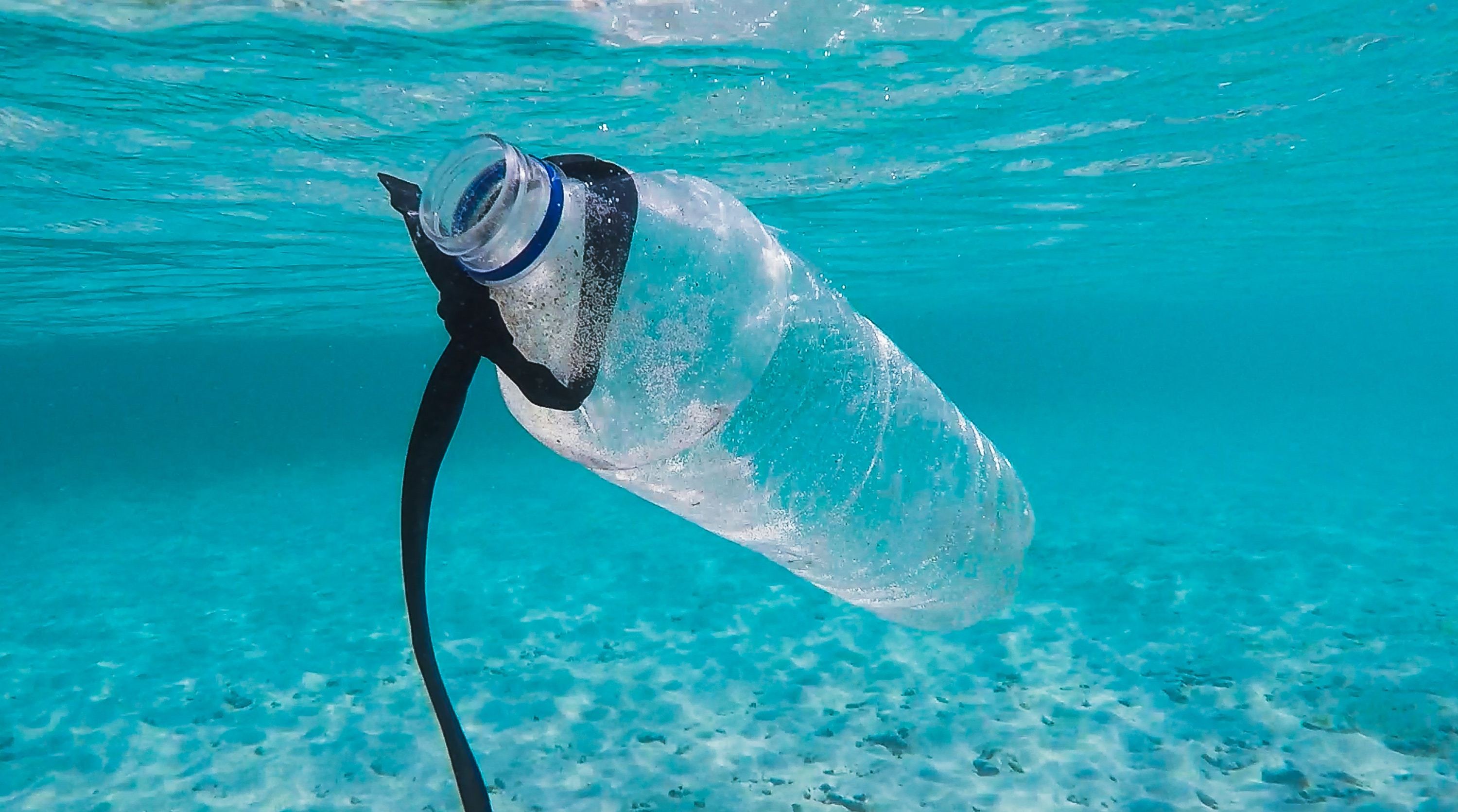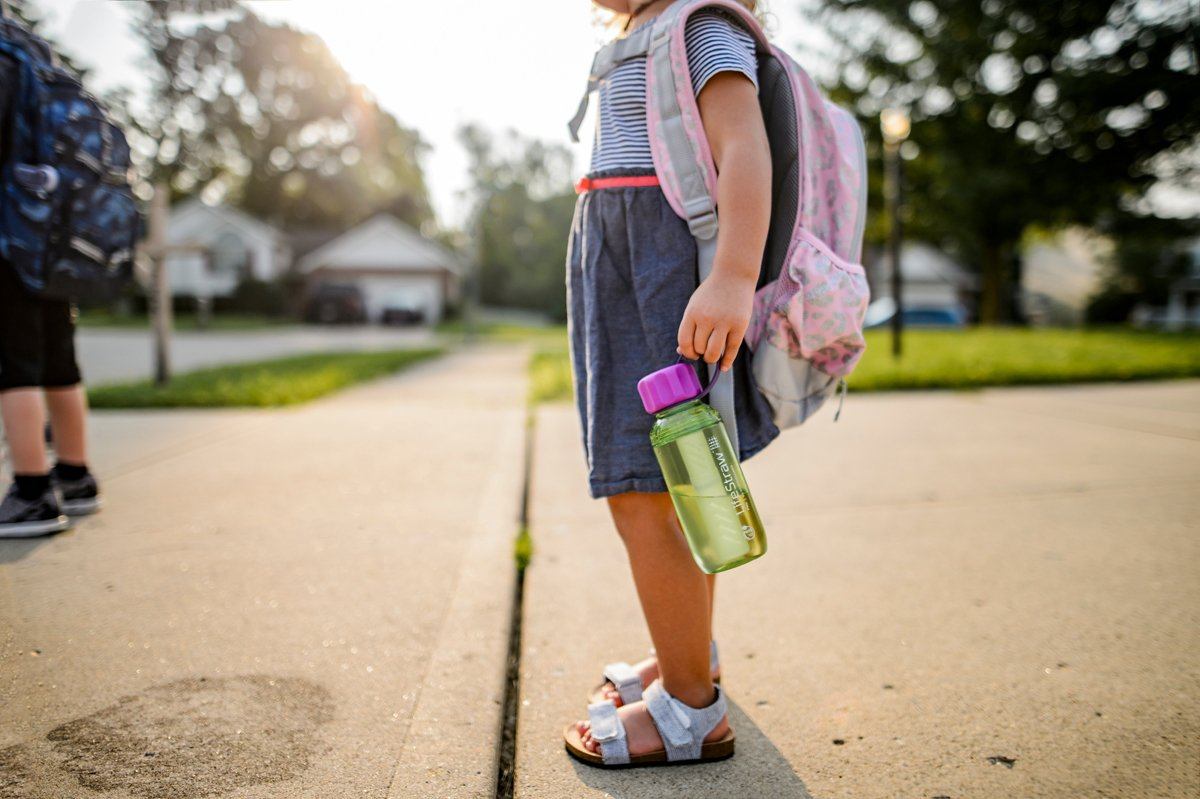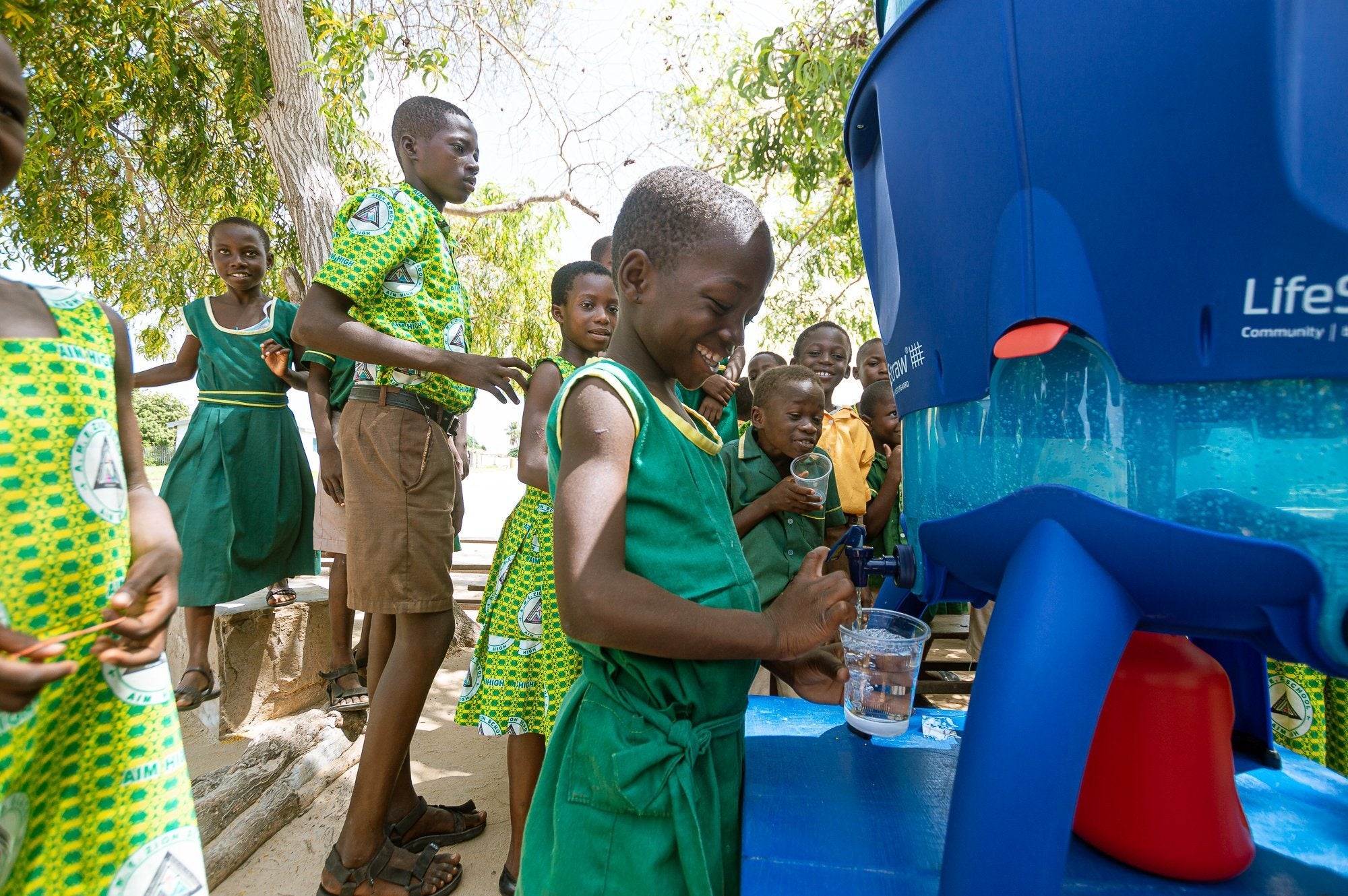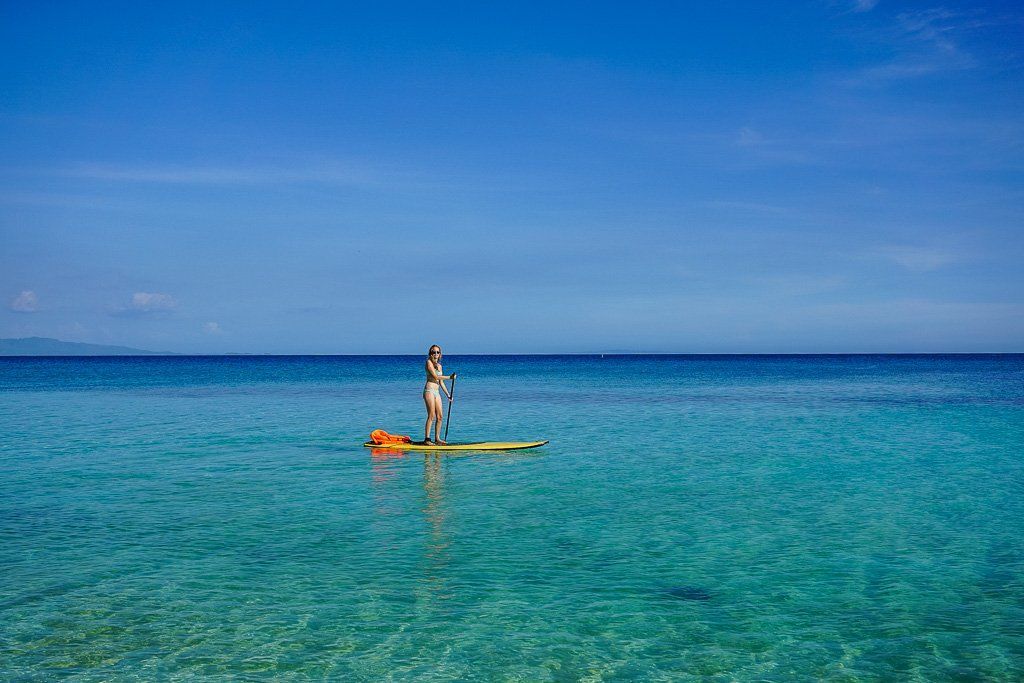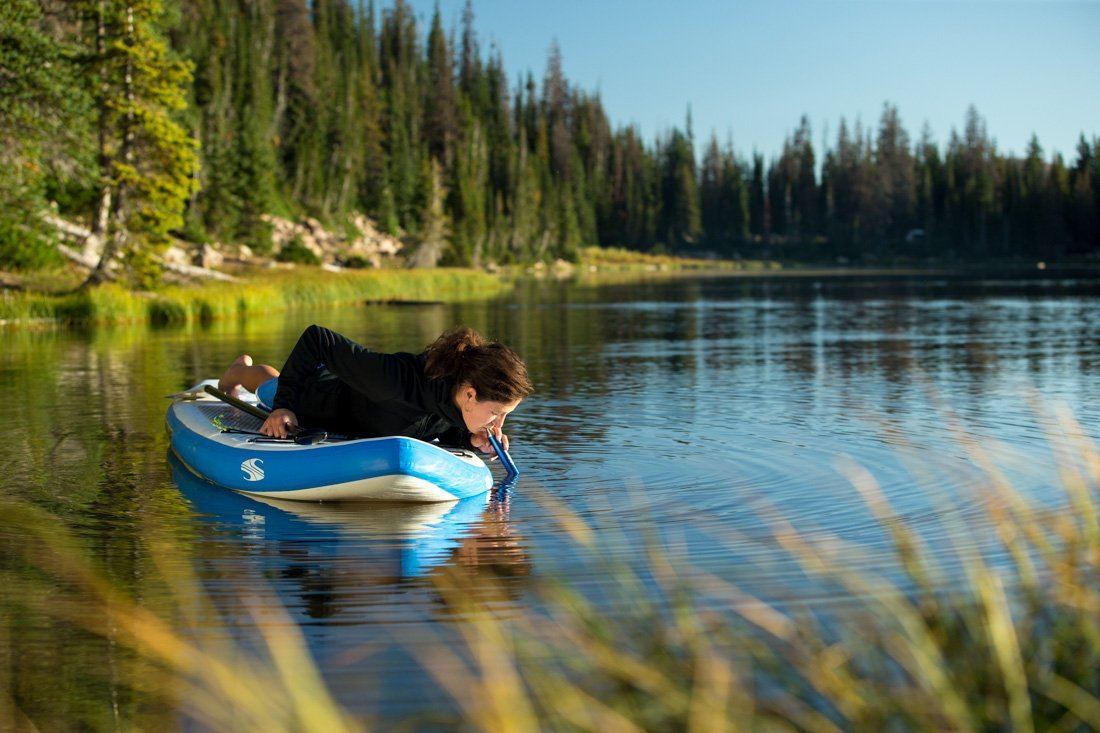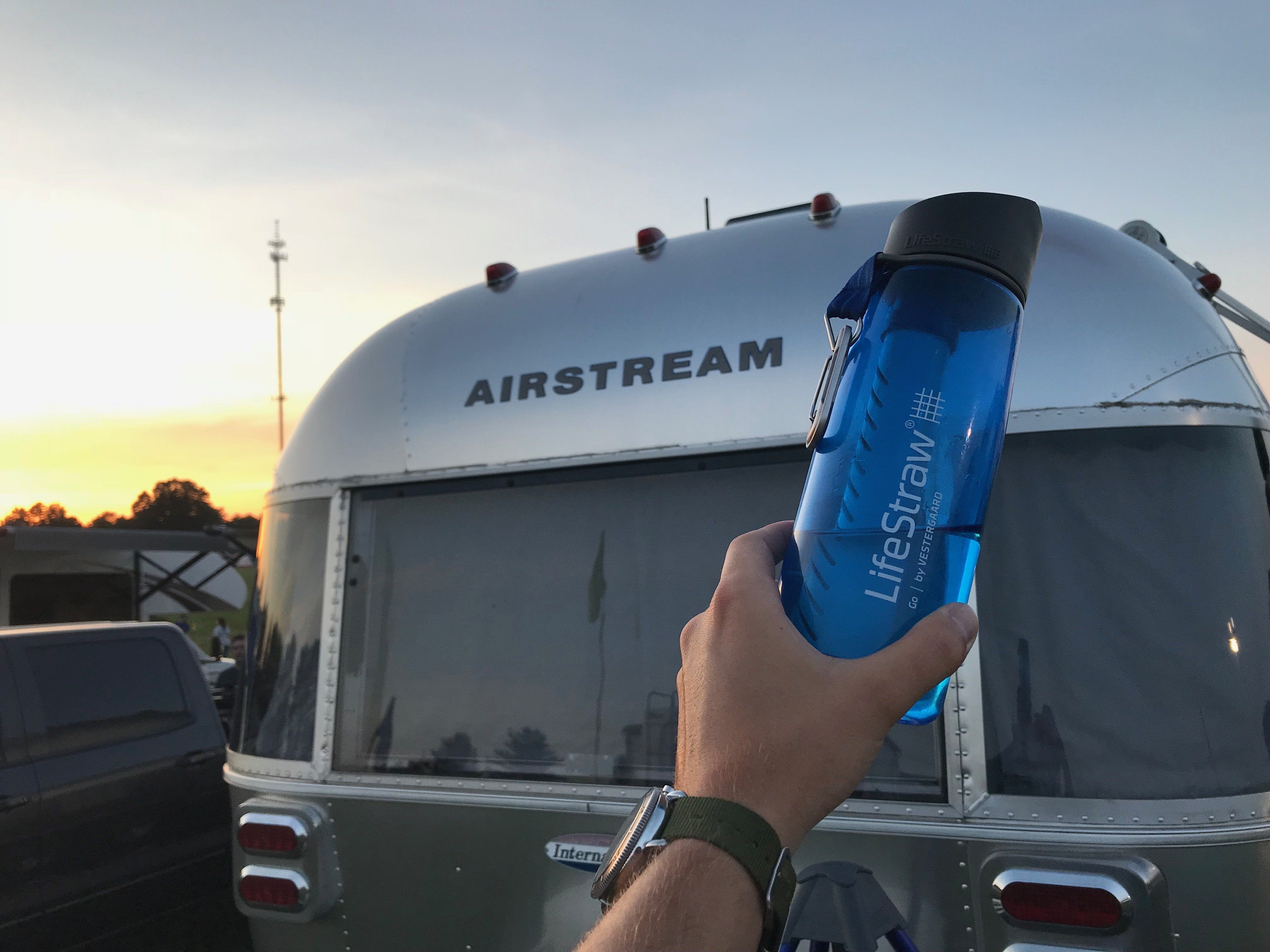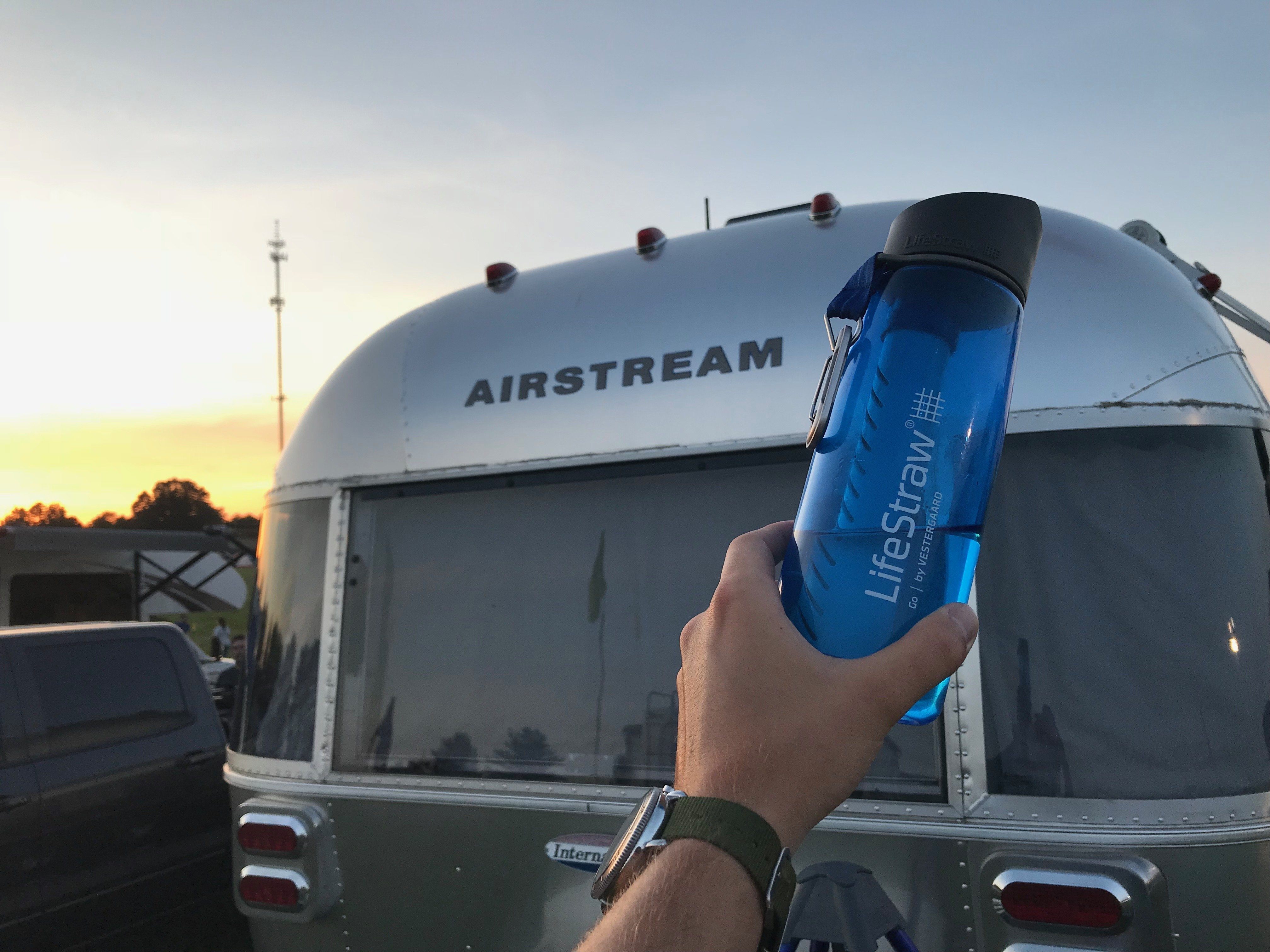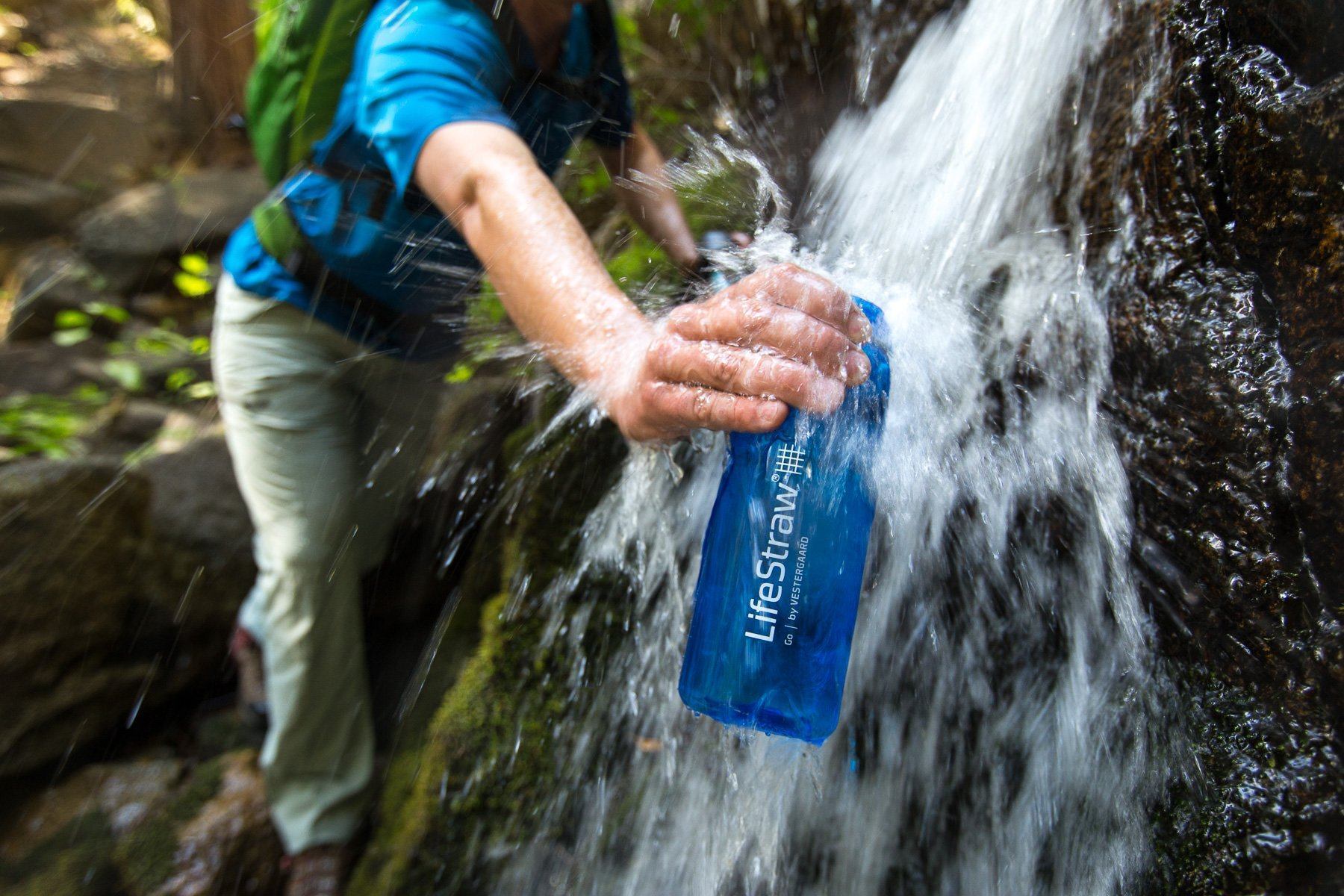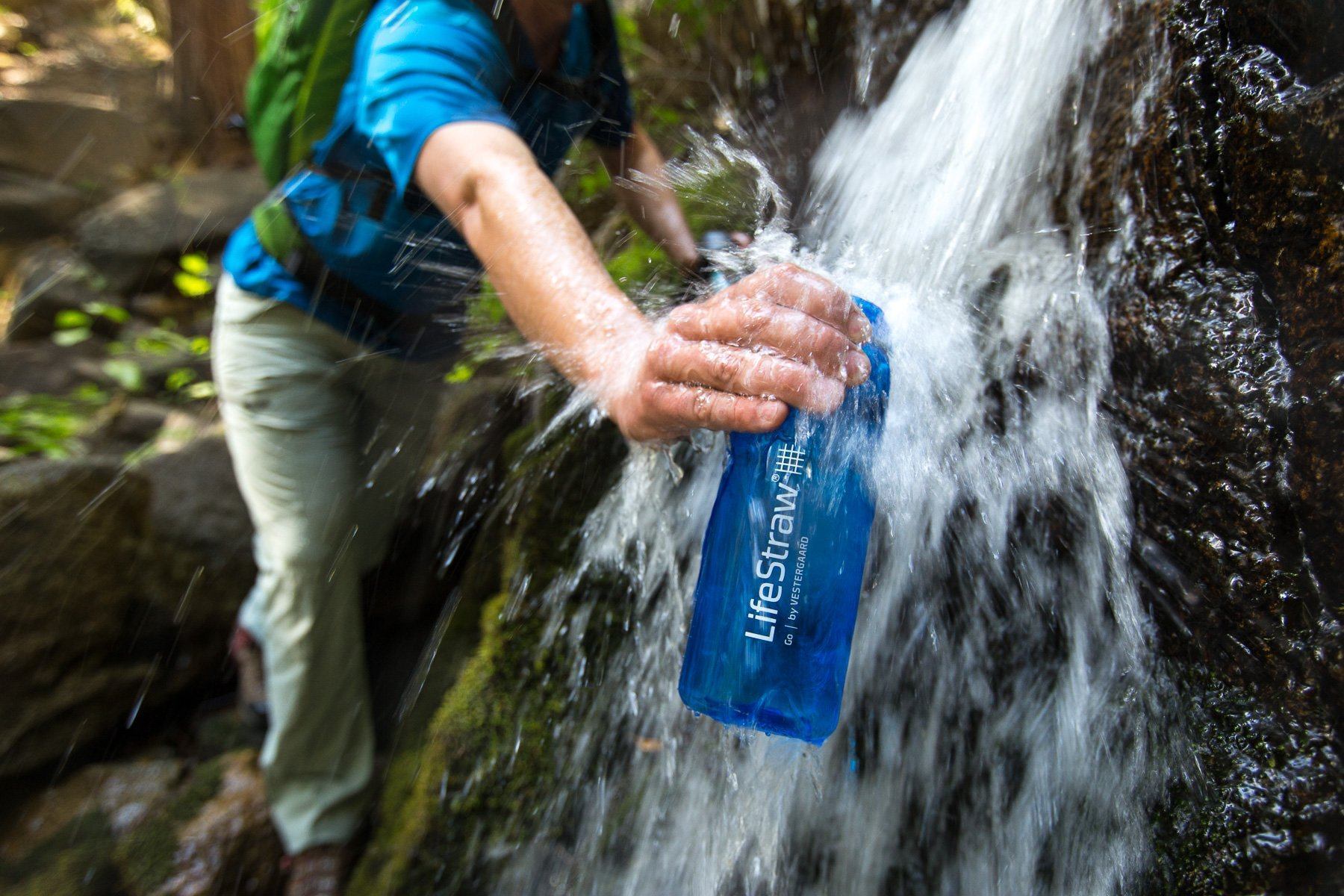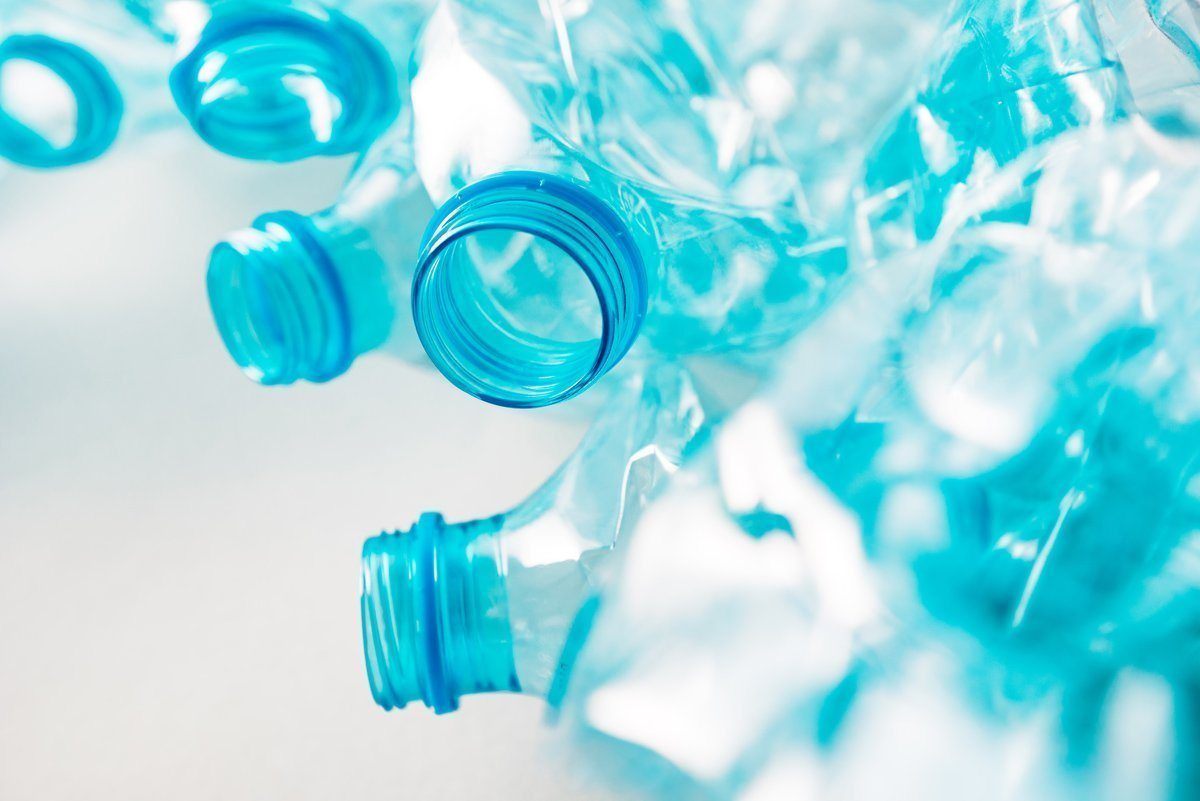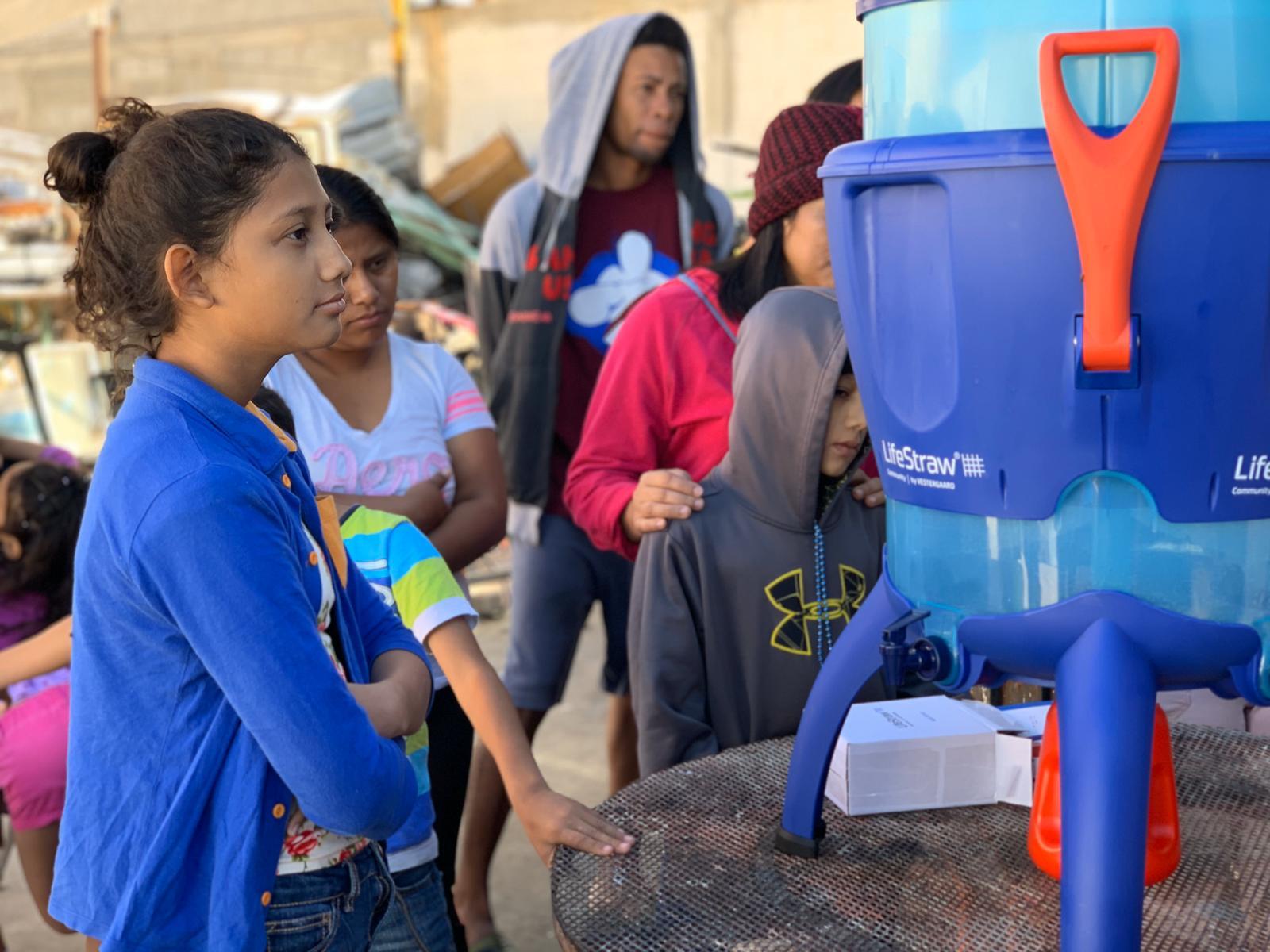
Going Beyond Safe Water: An experience with LifeStraw in Ciudad Juarez on the Mexican border
November 07, 19
About a month ago, we became aware through our partners in Mexico, that centers housing migrants on the Mexican side of the US border may need purified water. LifeStraw has had a long-standing relationship with the Secretaria de Salud (Secretary of Health) of the State of Chihuahua through our distributor in Mexico. The Chihuahua Secretaria de Salud has covered about 80% of rural schools in the state with LifeStraw Community purifiers. Juarez, Mexico, which is part of Chihuahua state and the sister city to El Paso, TX, is home to one of the 3 busiest border crossings along the Mexico-US border. In August, we worked with partners in the Secretaria de Salud to conduct an assessment – first obtaining a list of all the migrant centers in Juarez, the number of people they were housing, and the state of their drinking water. This assessment is a critical first step when the LifeStraw team conducts water programs or provides product donations, as an understanding of the contaminants and how the community is accessing water is key to ensuring our product meets their needs.
As the second step of our initial evaluation, another LifeStraw team member, Eugenia Martin, and I joined several of the Secretaria de Salud staff from Juarez and Chihuahua to conduct physical visits to all the centers in Juarez to determine the need for water purification. Over two days we visited 13 sites housing migrants and learned about the water situation in the centers, as well as their need for other basic supplies. This trip provided the key information our team needed to act in support of the migrants’ water needs. But more than understanding the needs of this community and how we could help, our team witnessed the warmth of those supporting the migrants in Juarez, as well as the daily struggles of the people who have sacrificed so much for a chance to live in the United States.
Many of these migrant centers are a result of the massive caravans that came up from Central America in February of this year. With so many migrants being turned away or forced to wait in Mexico for months on end before receiving a coveted number and subsequent appointment or hearing, communities in Ciudad Juarez were faced with a question of how to house, feed and ensure the safety of thousands of migrants. Locations sprang up throughout the city, many of them churches, supported by local communities, some of them previous shelters for the poor and marginalized, some government facilities and some converted old buildings. The majority of the city of Ciudad Juarez is barely scraping by as is, but I was amazed to see how many centers have been supported financially by neighbors and community members, and also how much the state and Federal government have stepped up to fund food and other necessities. While the initial wave of migrants has subsided, most of these centers are still housing 20-60 people every month for smaller centers or 200-500 people for the few larger centers. Many are packed – most don’t have enough space for the number of beds they need resulting in a combination of people sleeping on mats on the floor, in random rooms, between church pews, etc.
The very first center we visited during our assessment was a small church. We approached a side chain-linked and barbed wire fence to enter the center. One of the female members who stays there came to the side gate beckoned by a little girl who saw a group (us) standing at the fence, and we are given the “ok” to slide the chain link barbed wire fence to the side and enter the side-yard. Upon entering, we walked behind the church to find a junkyard, a small kitchen, and a one-room make-shift dormitory. Sarah (named changed for privacy), the woman who welcomed us, began describing their needs which included filtered water and personal hygiene items, as well as diapers for the kids. Food has been supplied by the government and generous neighbors to the over 40 migrants staying there in one room, most of which are from Honduras, Guatemala, El Salvador, Nicaragua, and Cuba. Sarah explained that she’d been there five months with her three kids and husband. Her husband and one of their kids have been rejected by US Immigration, while she and her two other children received a “number”. They’ll appeal her husband’s rejection, but it doesn’t look good – they might have to split up.
Sarah’s story brings up the complex situation faced by migrants upon arrival at the border. Much of this complexity is driven by the everchanging US immigration policies. As of late, almost all migrants must wait on the Mexico side of the border while they face months before an appointment or hearing.
I asked Sarah why they fled, and she said it’s a “historia larga” and almost started to cry. She mumbled something about violence, her sister-in-law being killed and no more. I asked if I could take photos and she said yes but no faces. Everyone else seemed pretty wary of us and afraid. I snapped a shot of the room where everyone stays after Sarah instructs them all to turn around so that their faces are not in the picture. About a month later, when the LifeStraw team returned, carrying a LifeStraw Community, clean sheets and several other hygiene items, Sarah is still there with her family, waiting.
Next, we traveled to another church – with a compassionate pastor who continues to take in migrants even though he shared that they don’t have space and can’t afford it. This church turned temporary migrant shelter is in a rough neighborhood, so they also care for kids of single parents while they are working or were orphaned due to violence. They offer meals for the poor and maintain a medical clinic with pharmaceuticals donated by local doctors. I see a massive sign at the reception area where migrants share a room next to the Sunday school classroom that speaks of the dangers of trying to cross the Rio Grande. After assessing the needs here, we journeyed on to other locations housing migrants – some bigger, some with safe water, some with government support, others with a web of rooms or storage locations converted into bunk rooms. Most have women and men separated, some have spaces where families can stay together. While the needs and structures vary greatly during our visits, two themes keep coming to mind. The first is of the incredible bravery of the migrants I’ve met after hearing their harrowing stories. The second is the strength and dedication of the families, church leaders and community that meet the needs of these migrants, day in and day out. I can’t shake the feeling of how lucky I am to be a US citizen versus how complex the issues are that brought the migrants here and continue to force them to stay in limbo in such a trying environment.
The next day we visited another shelter housed in a church with a pastor who seemed well-liked by the community of migrants living there. It is in a poor area of town and they tell us that the center was recently robbed and several of the migrants were assaulted after the gate was left open. We talked with some of the community members, and a 12-year-old shows me a picture of her mom on her cell phone whom she hasn’t seen in five years. She’s in Juarez by herself and her appointment at the border was the next day. She had this weird combination of smiles, elation, and terror on her face when she talked about her border appointment. The pastor at the Center estimates she’ll spend about five days in detention and then maybe get released to her mother in the US. When the LifeStraw team visited this center a month later to provide two LifeStraw Community purifiers, the team learned that the center has moved after being unable to afford the rent. Further, five minutes before our team arrived at the new location, a man was shot dead outside of the Center from an apparent dispute between rival drug gangs. Two days later our partner from the government, who is based in Juarez, attempted to return with the purifier and was unable to install it due to another shooting that resulted in two more deaths outside the center. Luckily, a few days later, he got through on the third try.
I mention these details all to note that the situation for migrants waiting on the Mexico border in places like Ciudad Juarez is a very dangerous one. As foreigners often fleeing persecution or extreme poverty, these communities are already incredibly vulnerable, and they arrive to a place that is resource-constrained, crowded and quite violent. Most migrants are unable to work even though the Mexican government allows them to, and many of the women told us they fear rape or violence – especially at night and when leaving the centers. These fears are not unfounded; there are over 100 murders a month in Ciudad Juarez and there’s no telling how much violence against women there actually is.
One of the most at-risk populations is the LBGTQ+ community. One of the centers we visited and supported with LifeStraw purifiers and other supplies is a migrant center for LGBTQ+ migrants. Most of the people living at this center have fled violence and severe persecution due to their gender or sexual identity as well as the ongoing violence in their home country. There were pictures on the wall in the center of those who have lost their lives on this journey and nearly everyone we talked to knows someone who has been killed or assaulted because of their gender identity or sexual orientation. We spoke to someone currently at the center who is from El Salvador. Gangs in her country forced her to leave at gunpoint, threatening that they would kill her grandmother and sister if she did not. She then told us a troubling story of her journey to Mexico, subsequent deportation, and 2nd trek on her own in which she finally made it to Juarez and found a sort of haven at the LGBTQ+ center, for now. The woman running the center is trans herself and from Mexico. She survived a youth of homelessness and prostitution, eventually putting herself through nursing school, starting an HIV/AIDS center for trans people and now lives with and supports the migrant community to give them a chance of survival. She supports them with her working salary and small donations from the community. Most of the inhabitants of this center fear going out in public. Just as recently as September, a trans person was found murdered and stuffed in a trashcan, which is why it’s so important for us to support and help protect migrant centers like these.
Ultimately, we identified six locations in need of safe drinking water, which resulted in the donation of eight LifeStraw Community purifiers due to the varying population size at the centers. A month after our assessment, the team returned in partnership with the Secretaria de Salud, to provide purifiers, conduct essential product use and maintenance training, and also distribute much-needed health and hygiene items, including clean sheets; the latter of which our team felt could transfer some dignity back to a community so often stripped of it.
All in all, LifeStraw made a minor contribution towards improving the lives and dignity of migrants living at the border. Those of us who spent time at these centers have been confronted with an overwhelming feeling of the enormity and complexity of the problems faced by migrants at the US border beyond safe drinking water. We will continue to work with some of the centers to determine other ways to support them and have focused specifically on the trans center because they currently face eviction. If you would like to find out more ways you can work with us to help these populations, please contact us.

